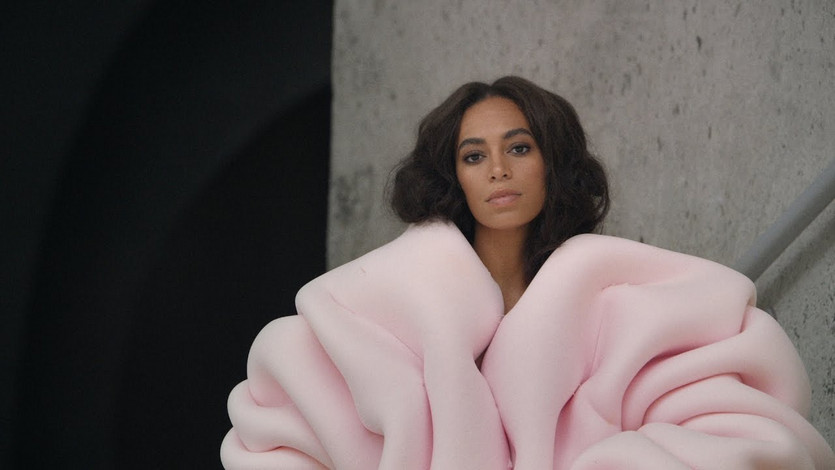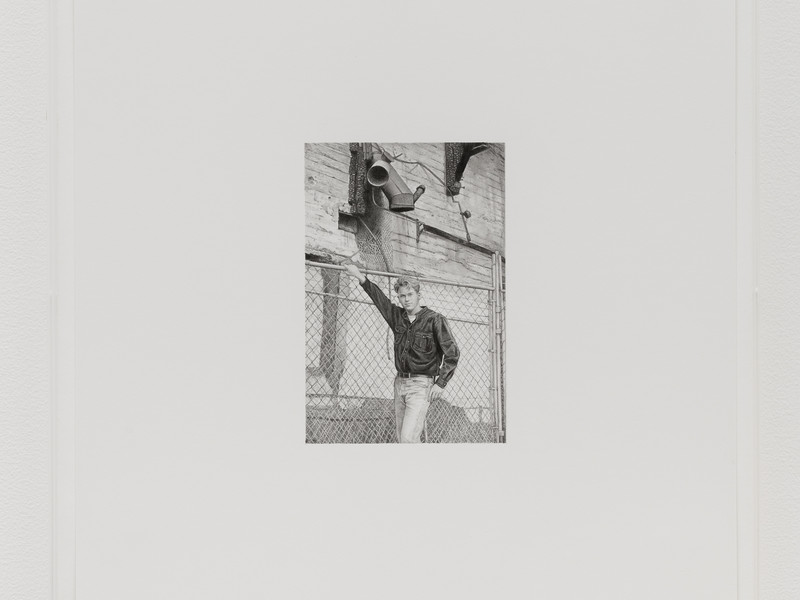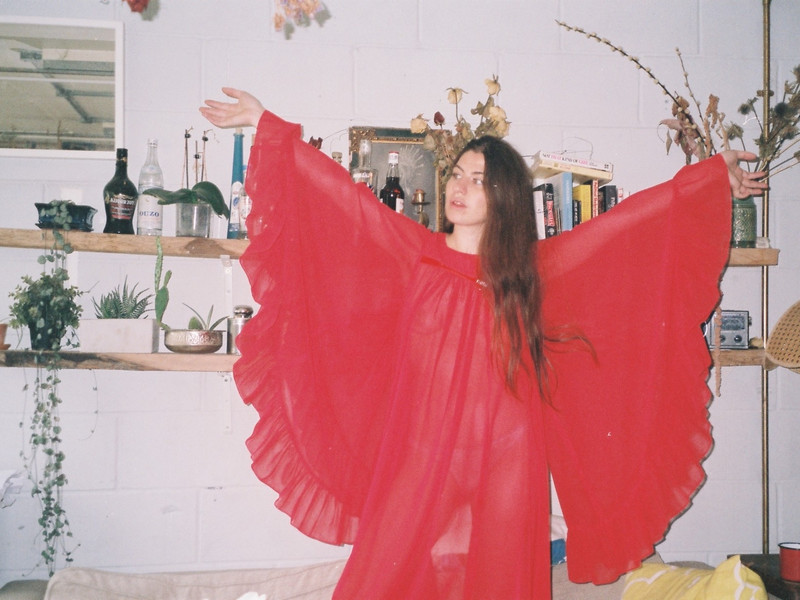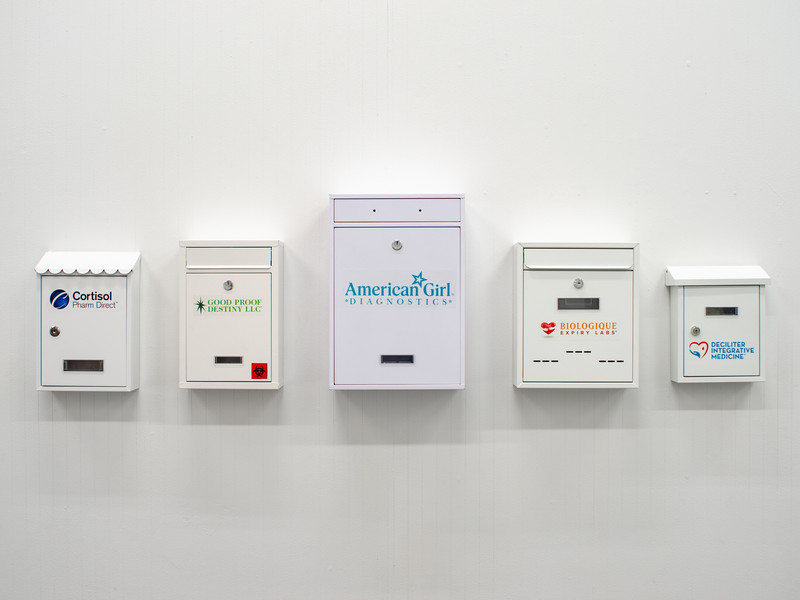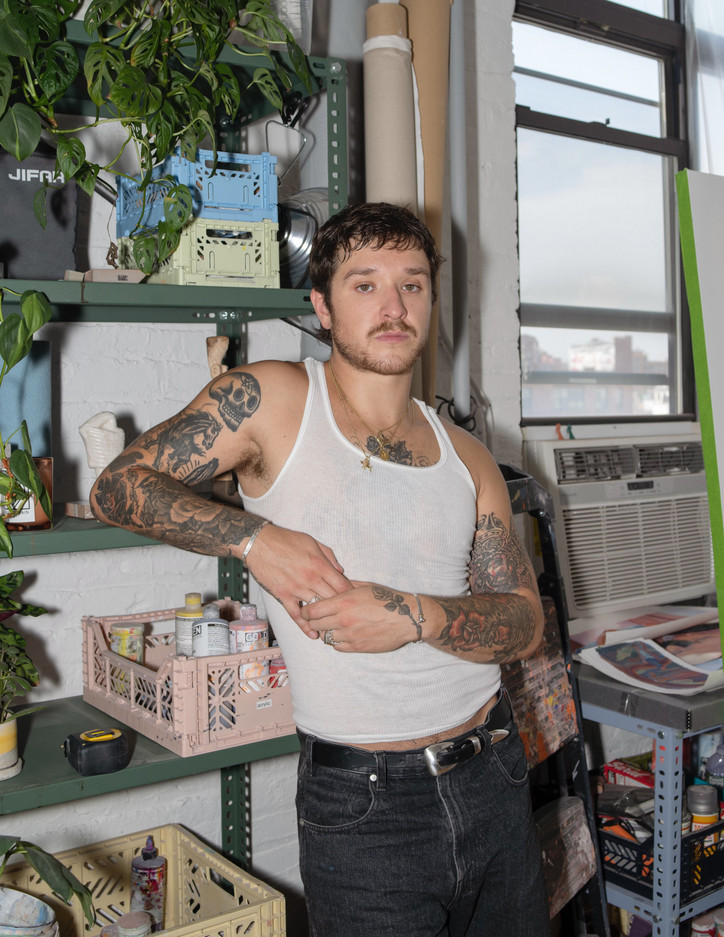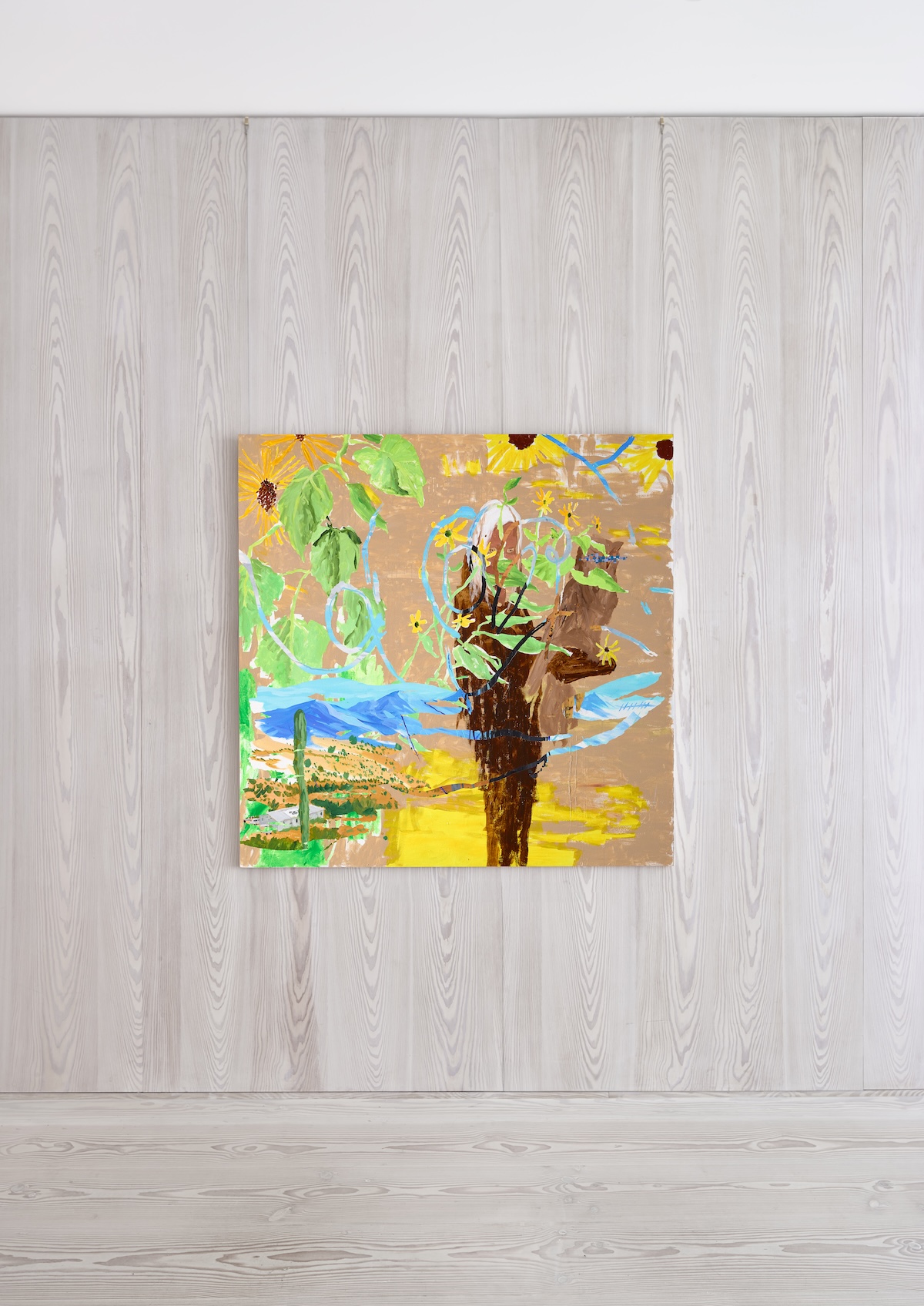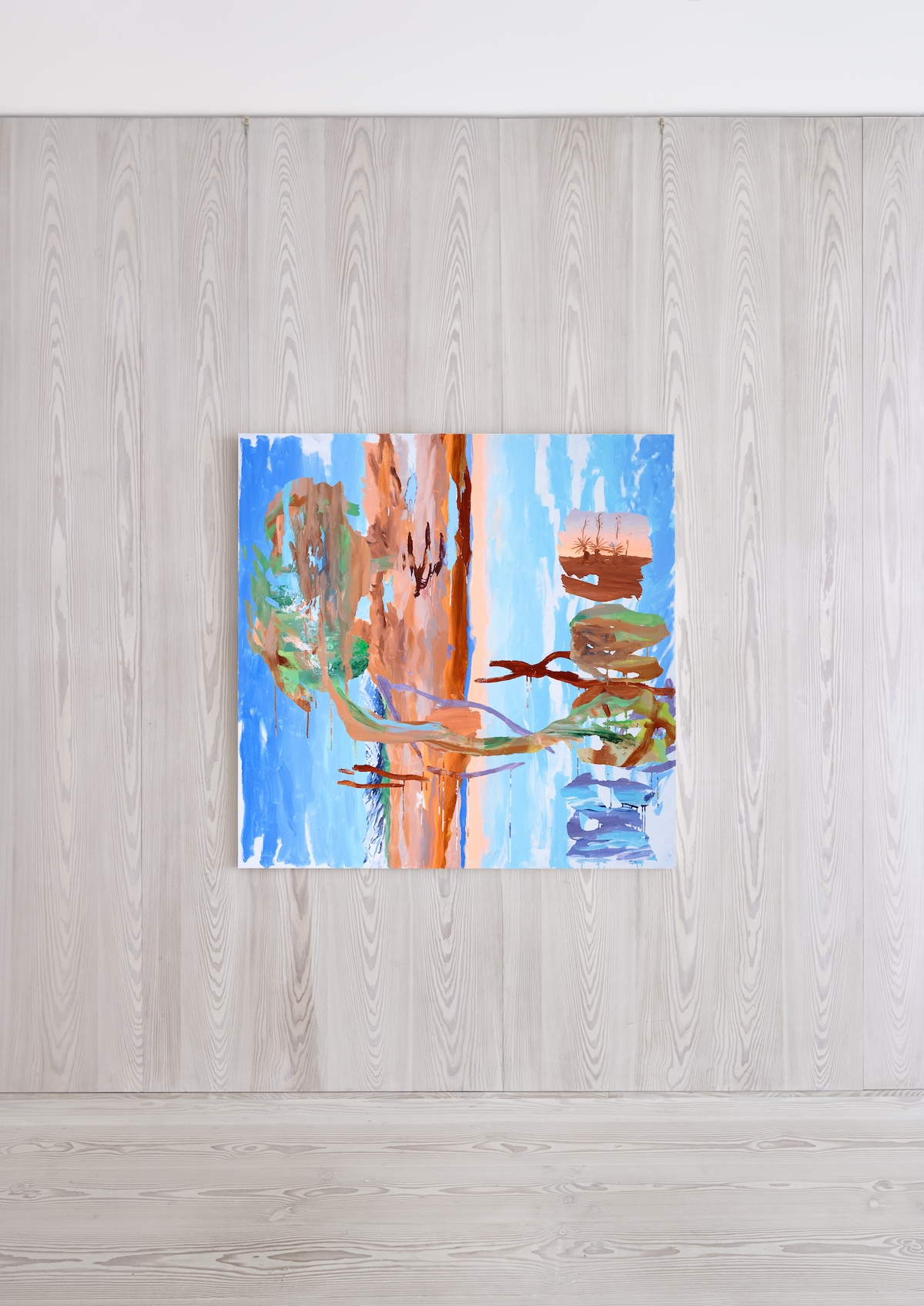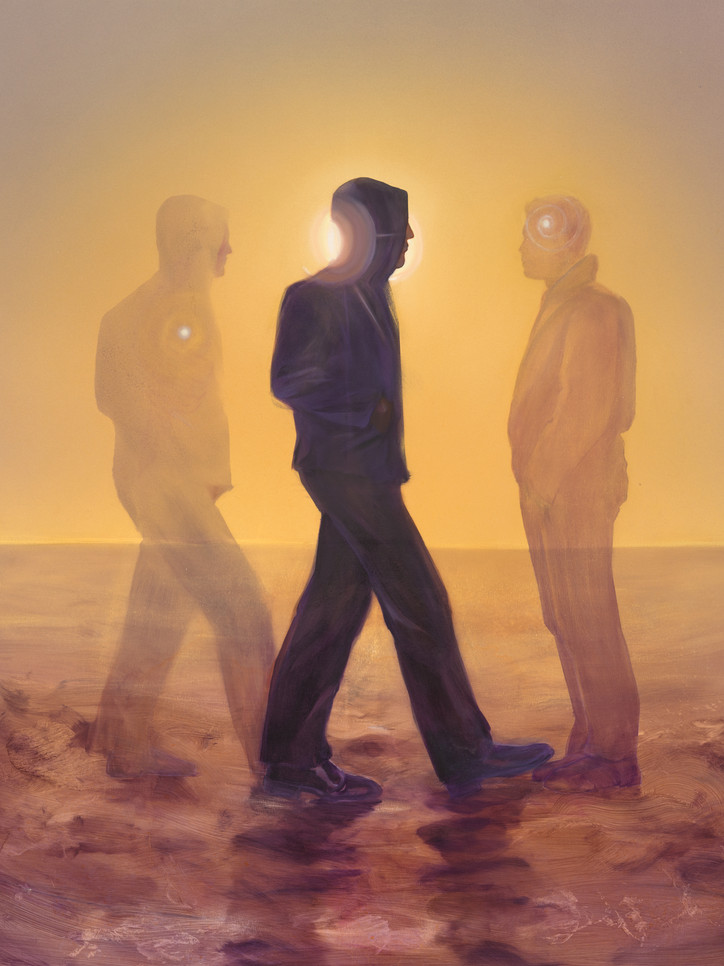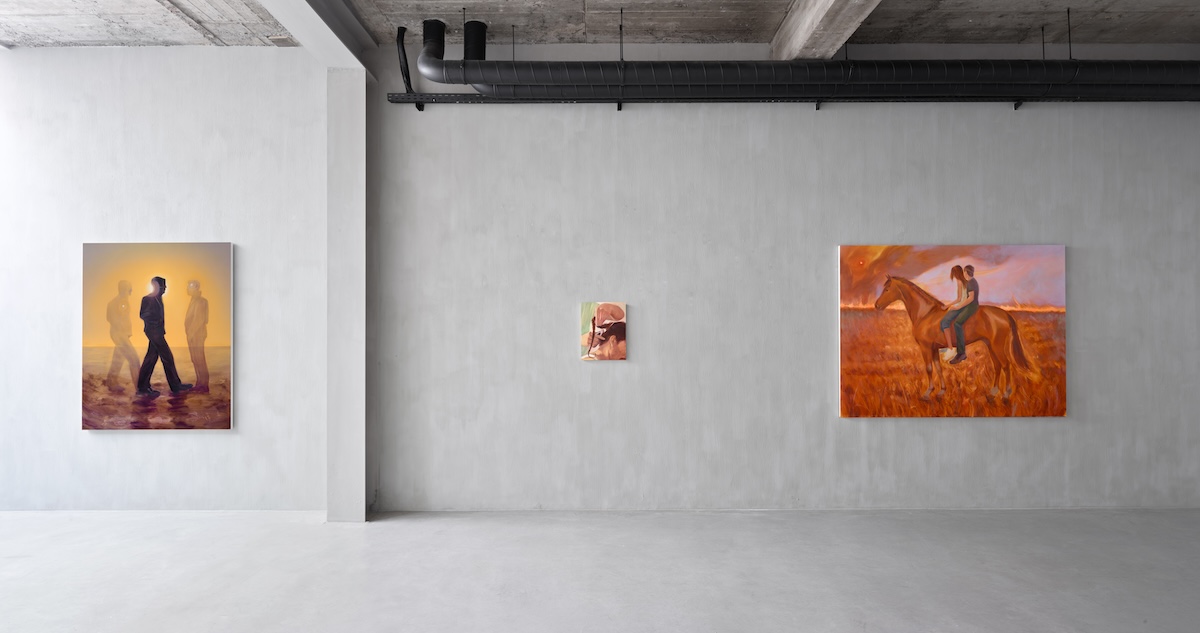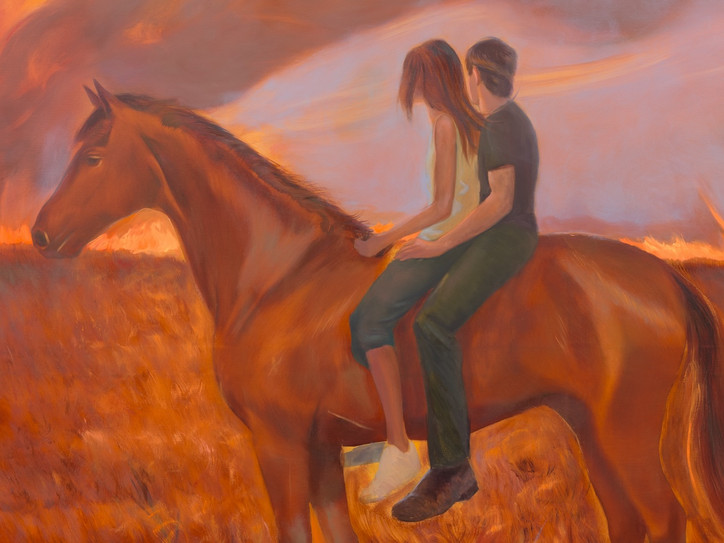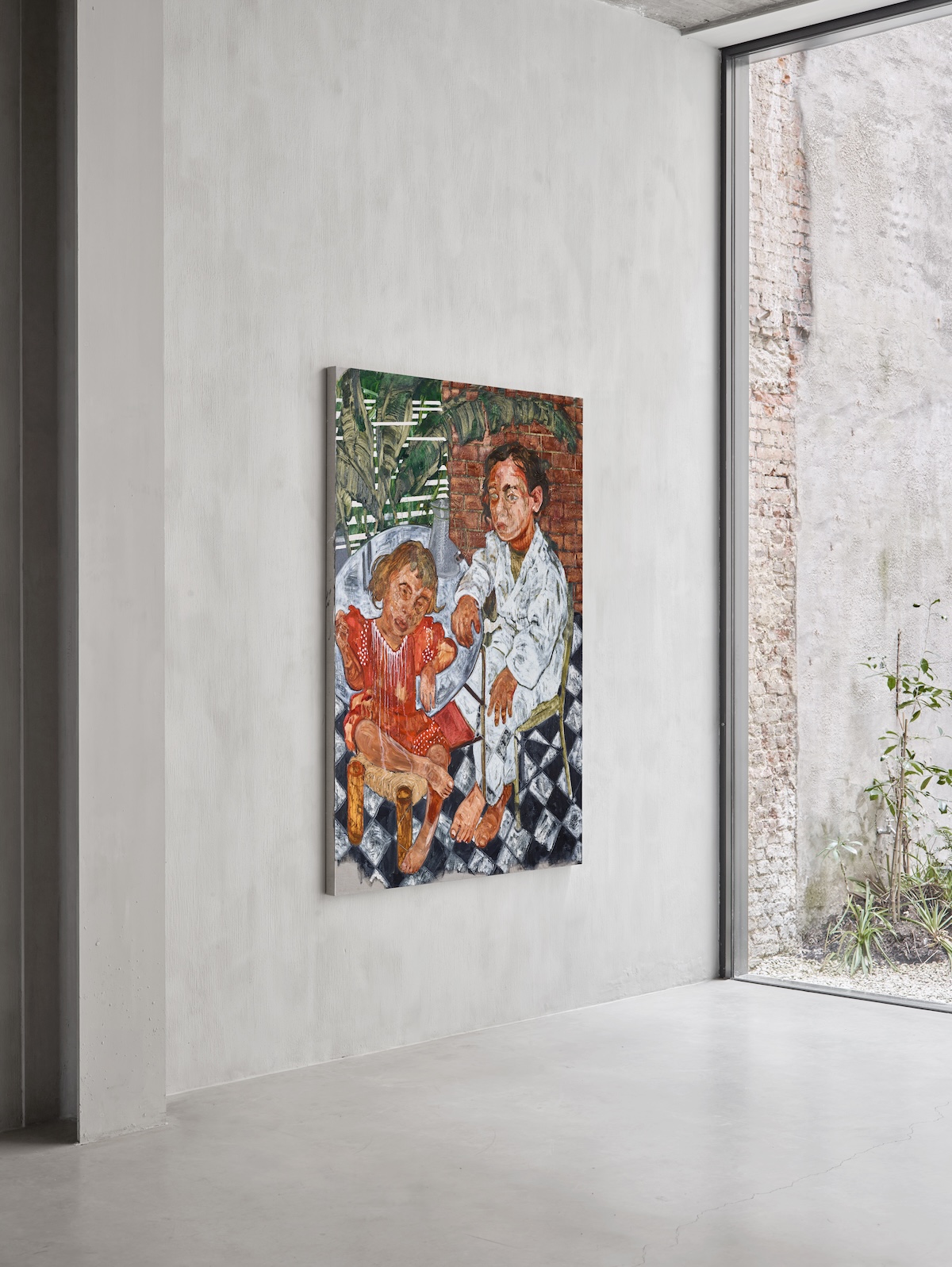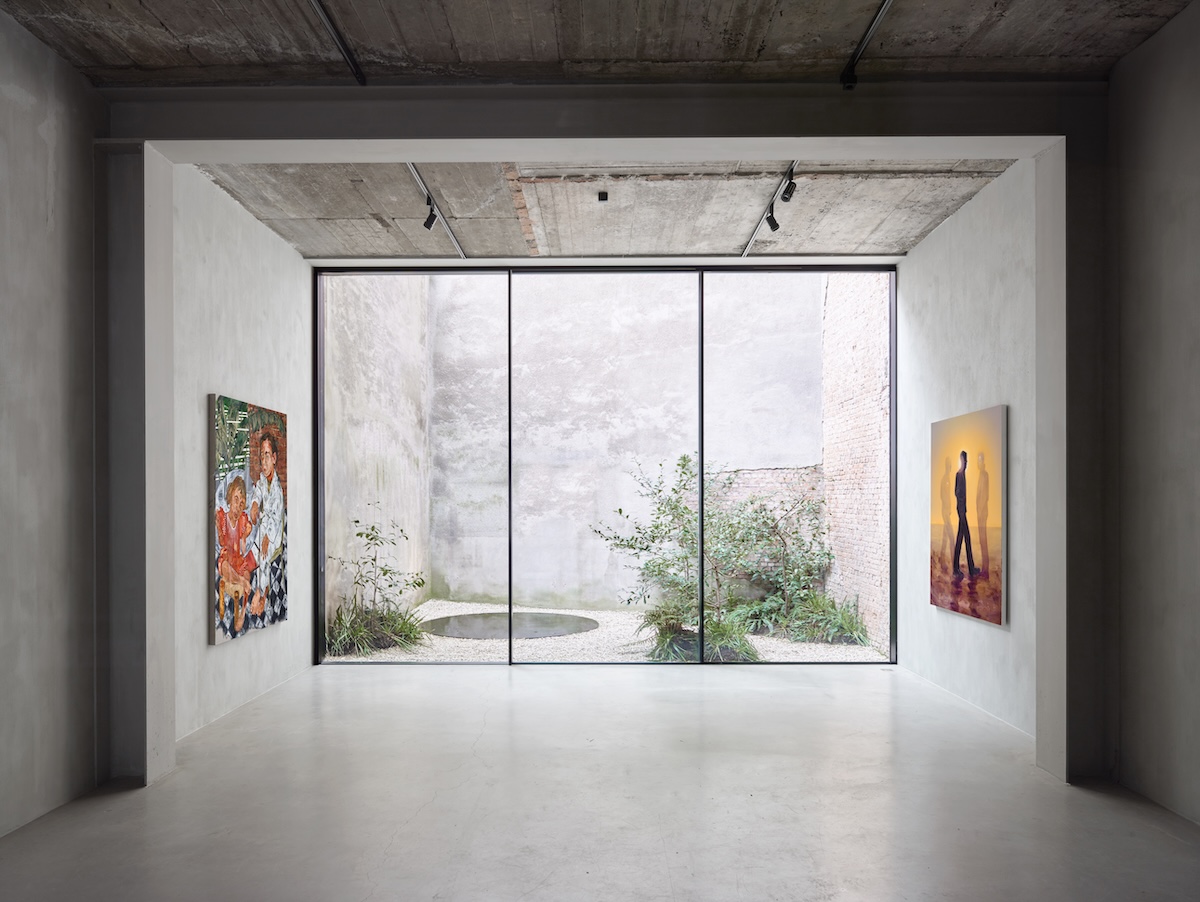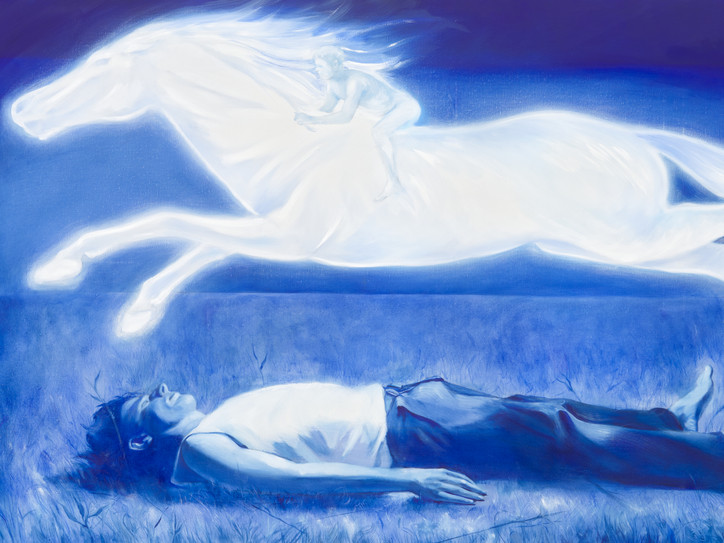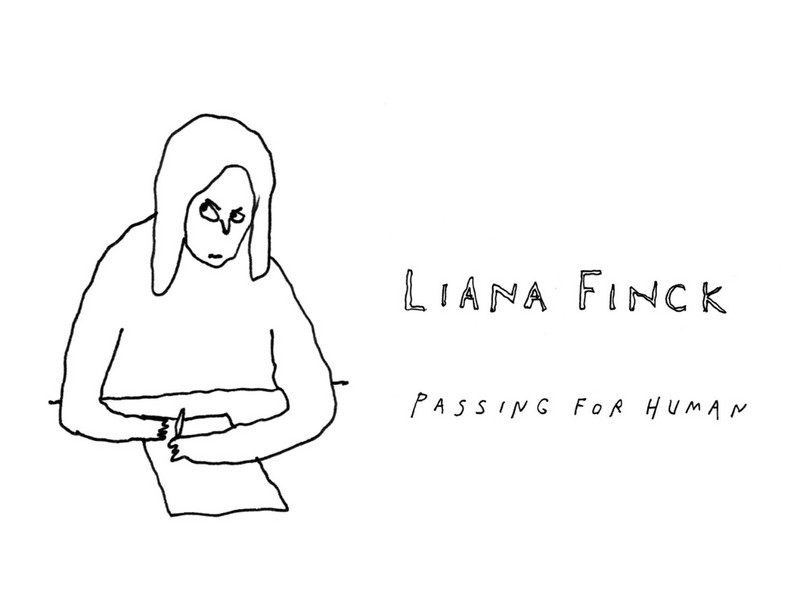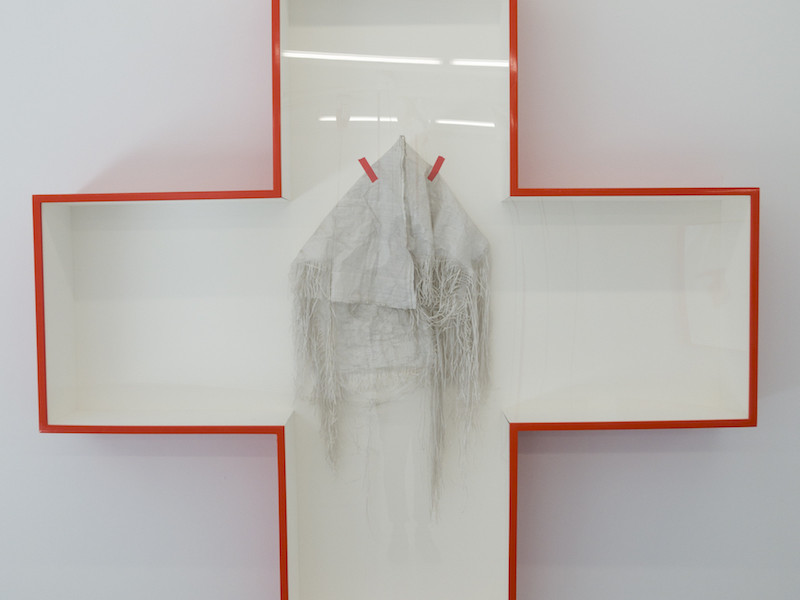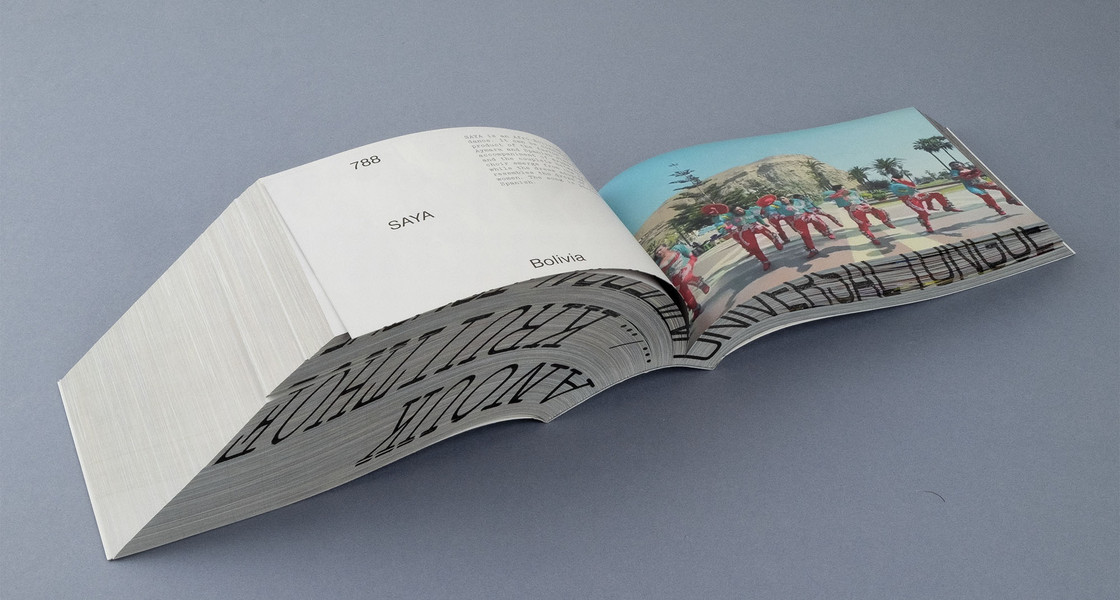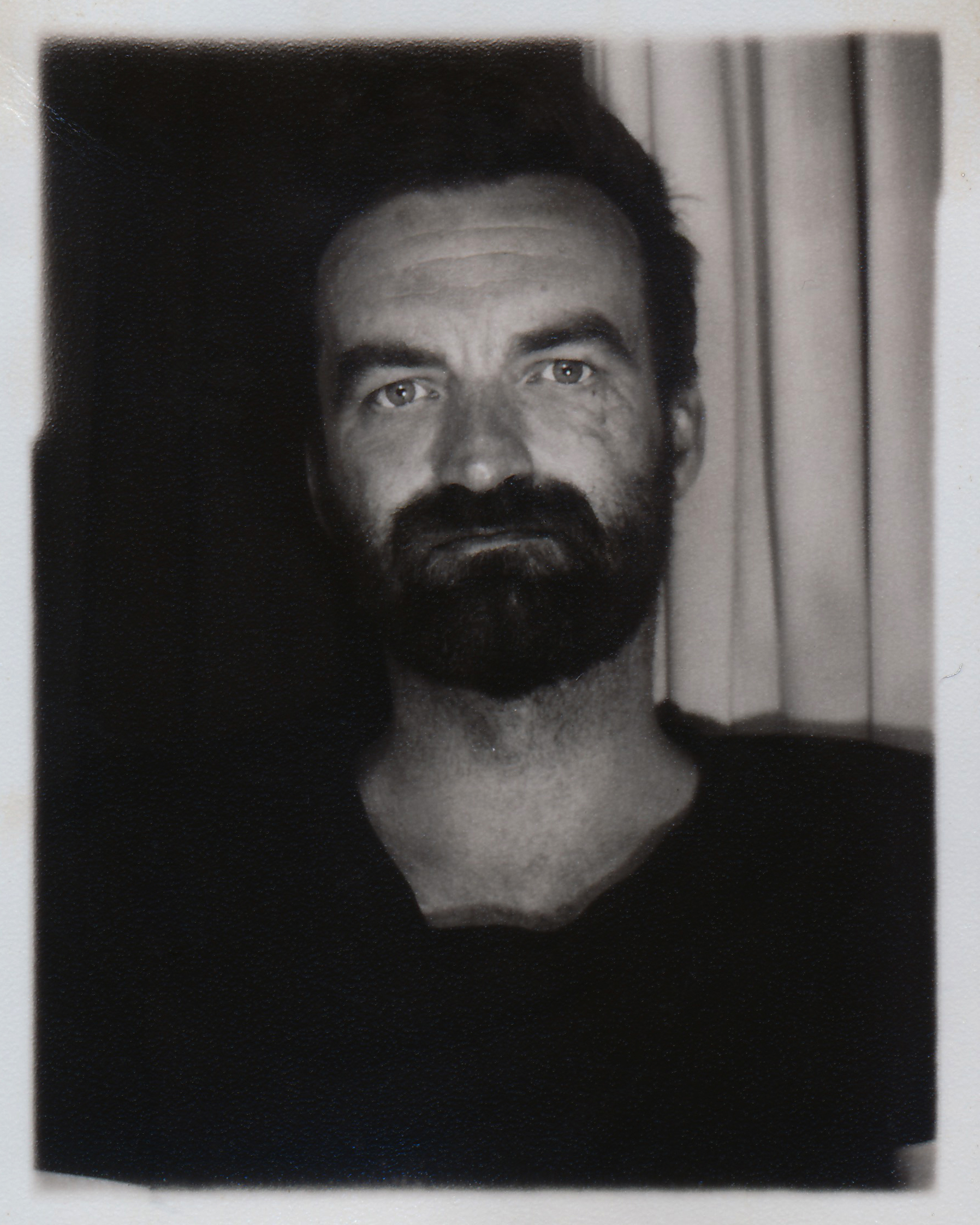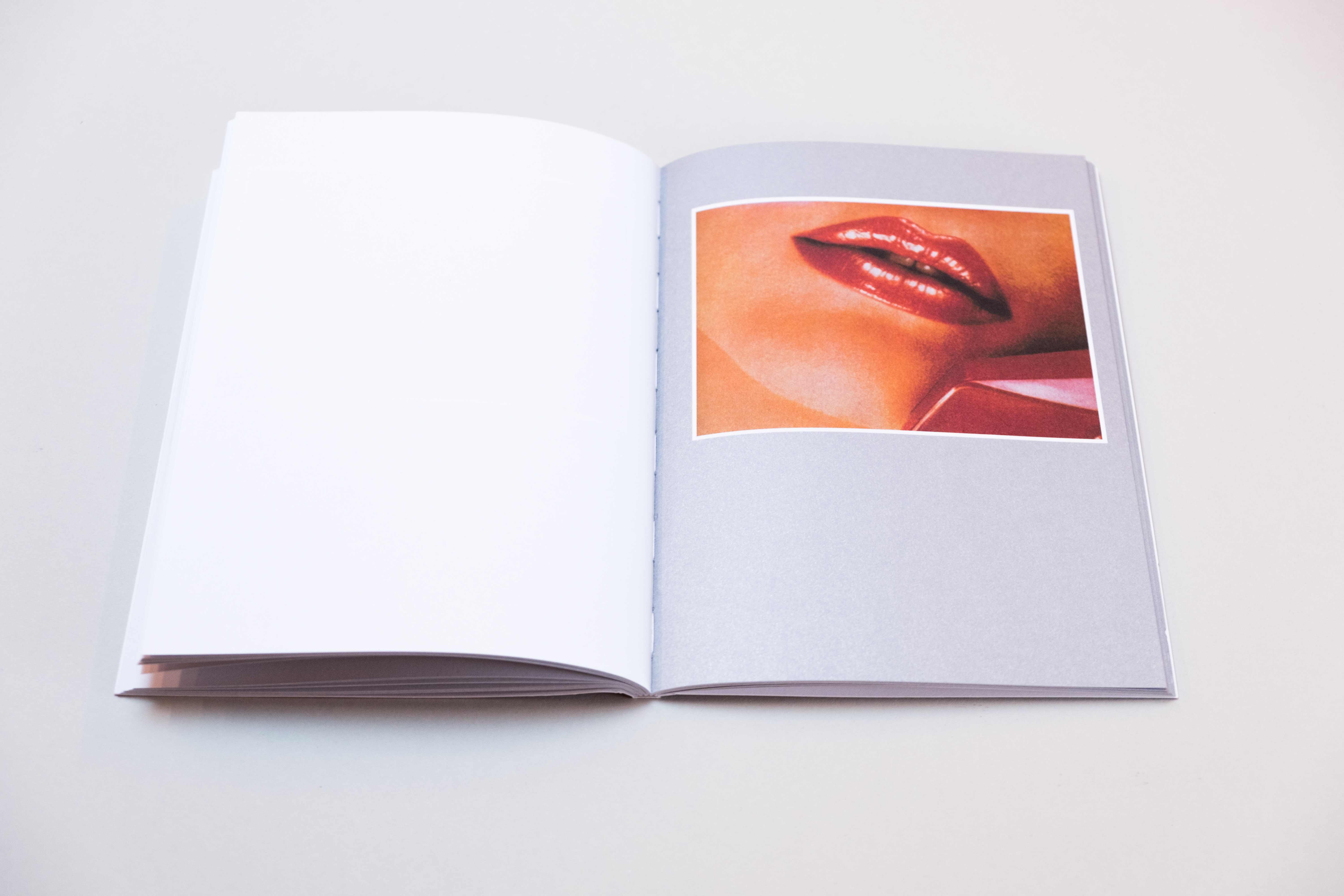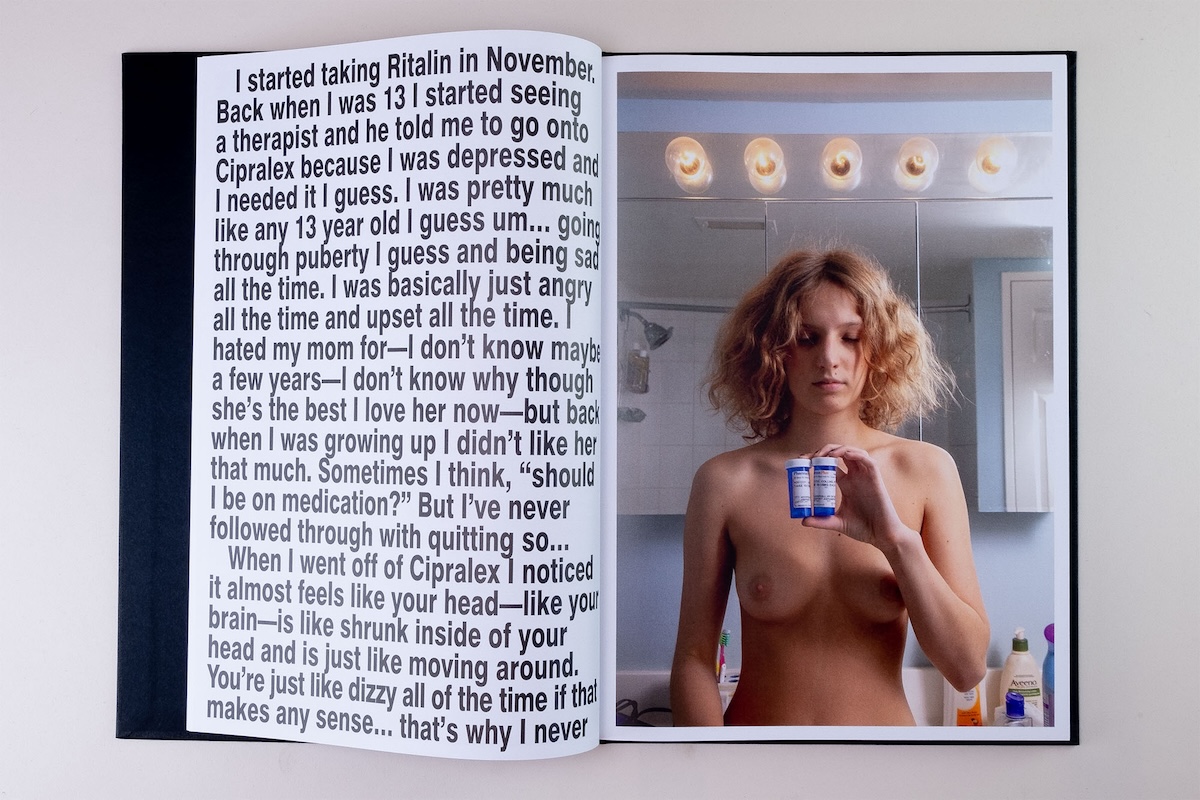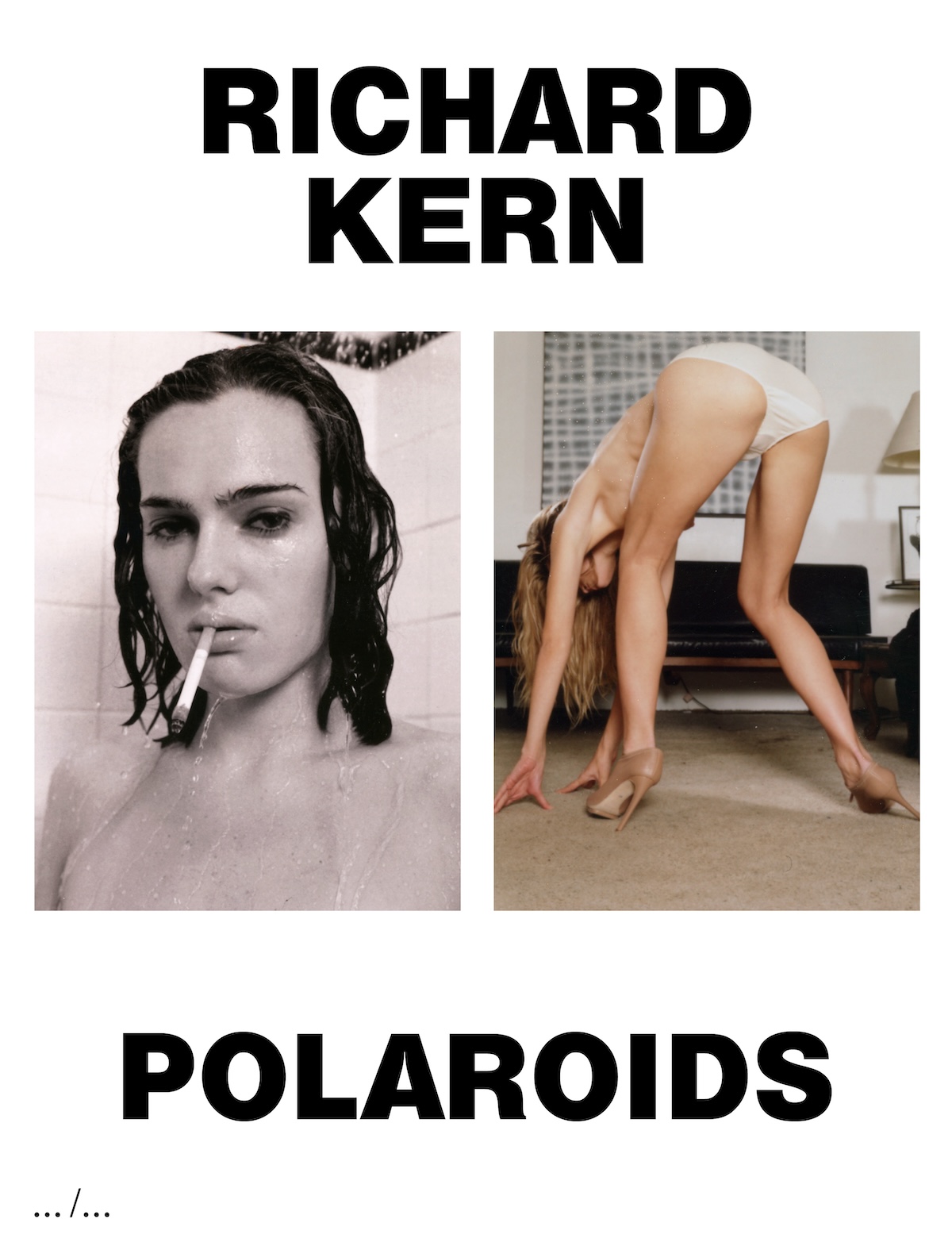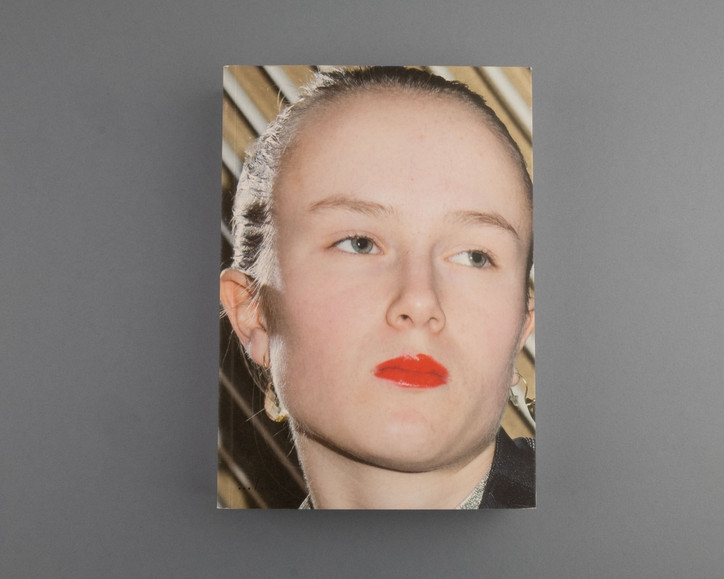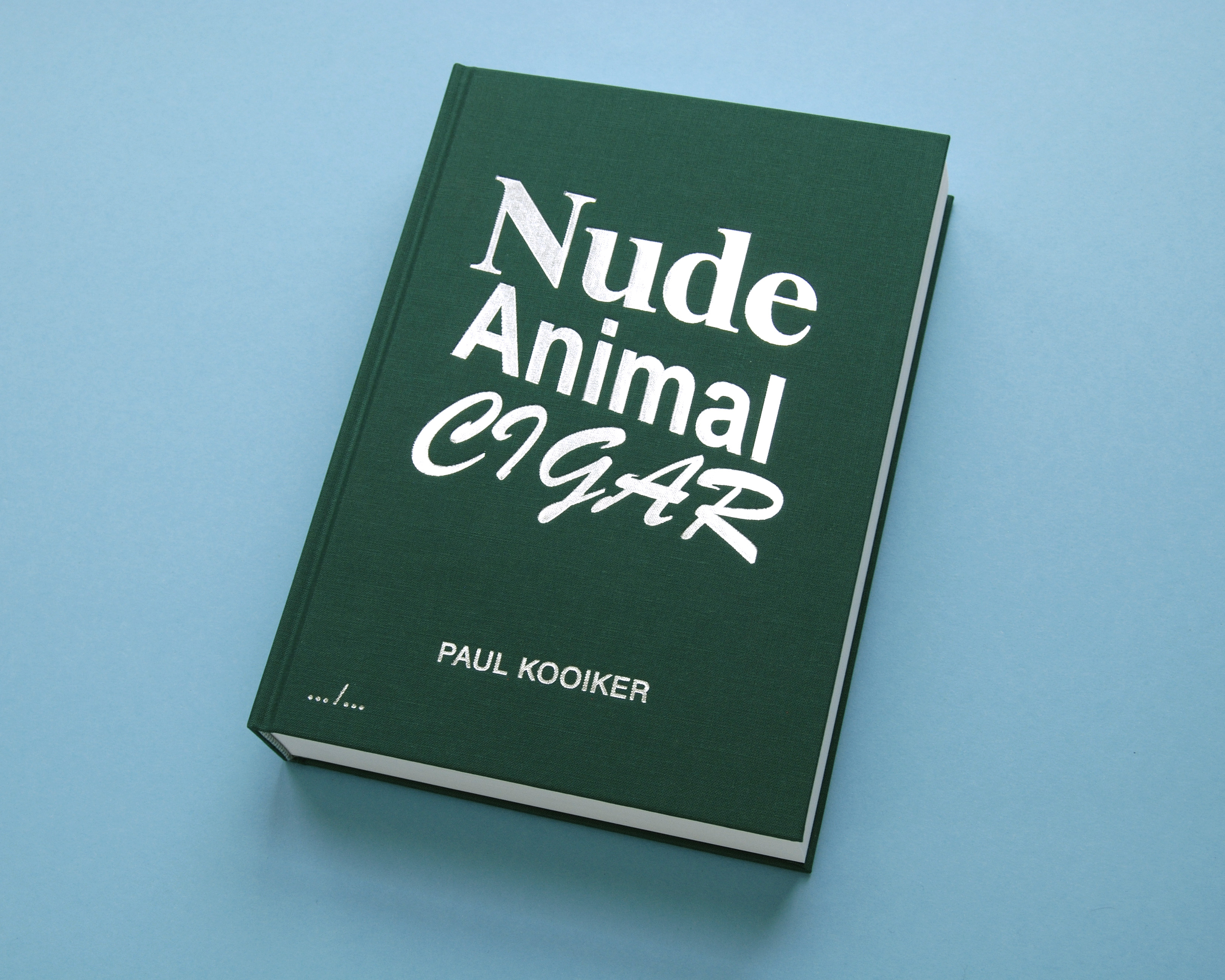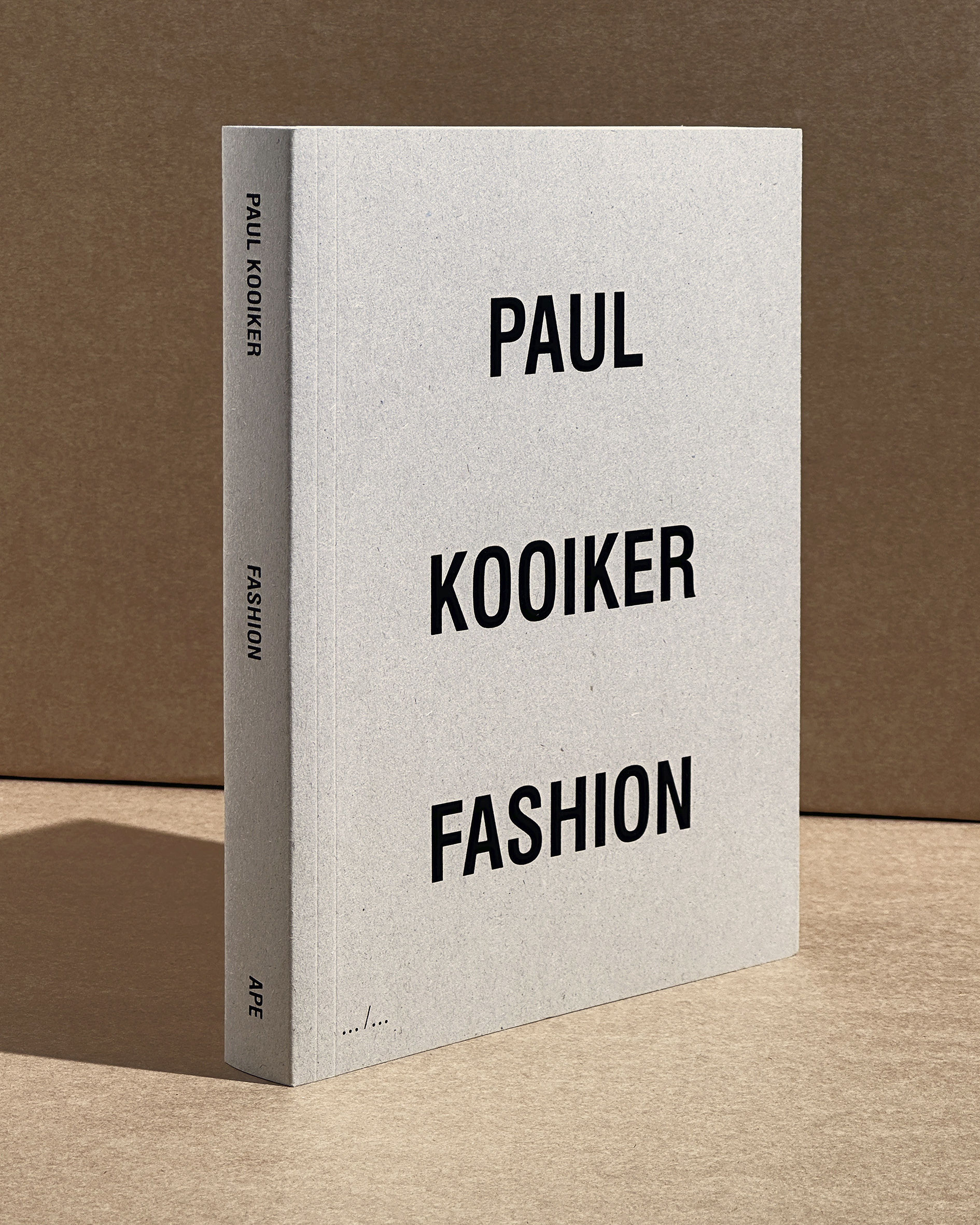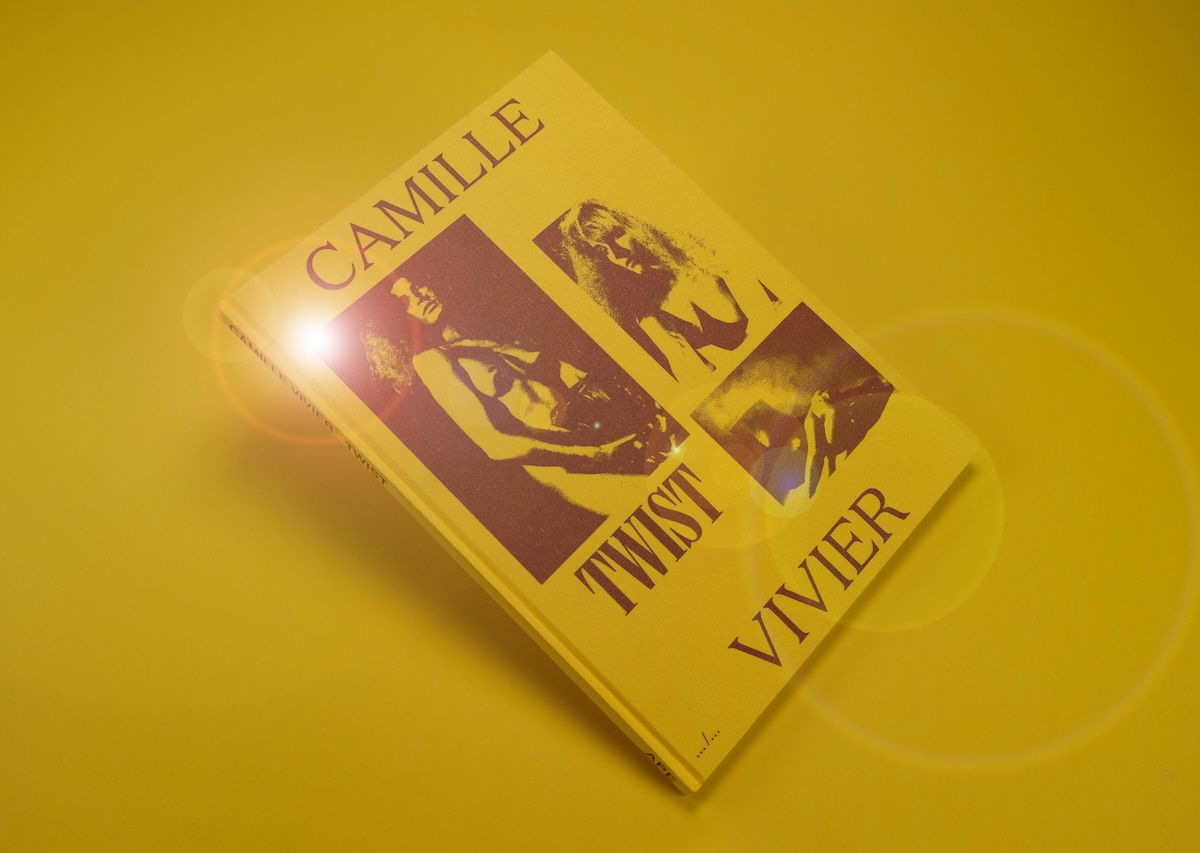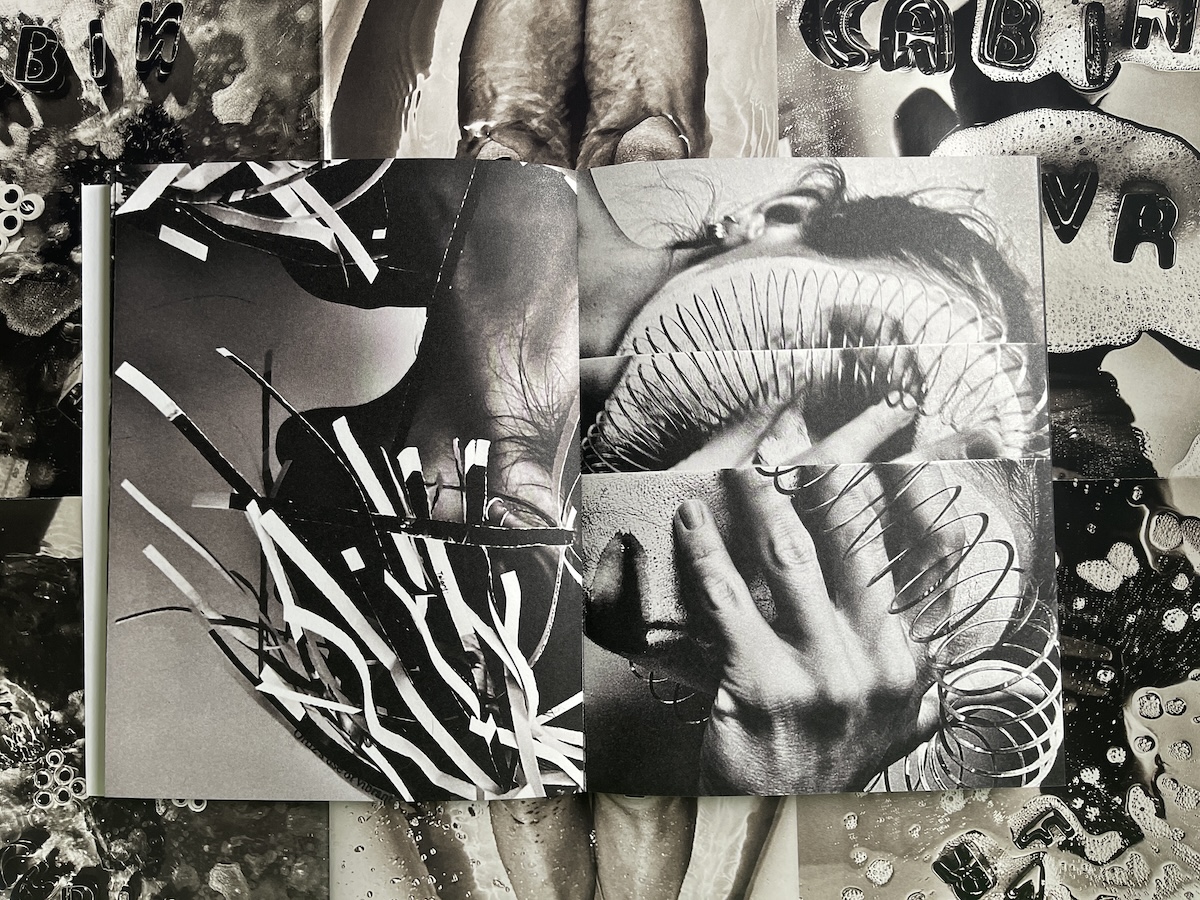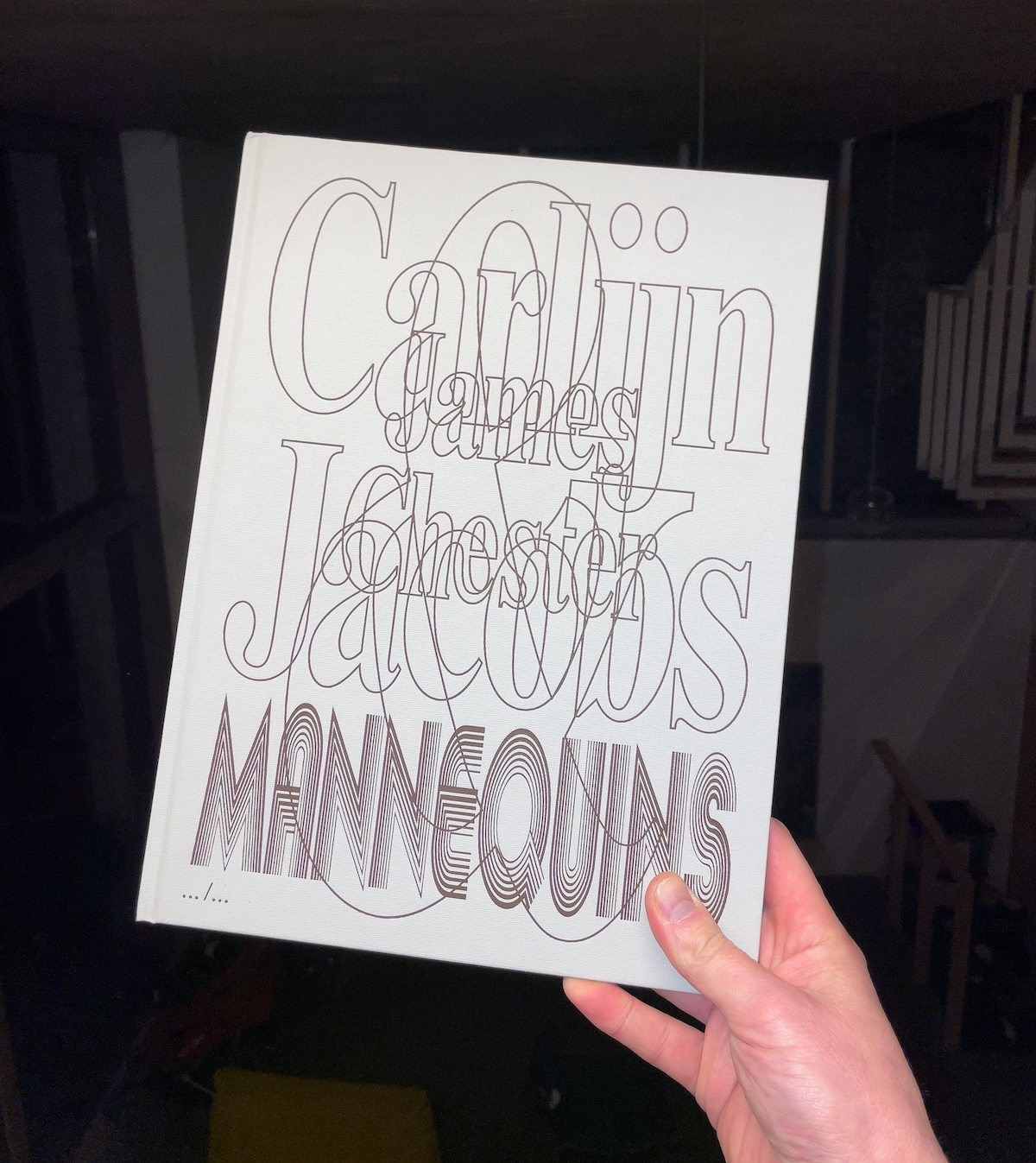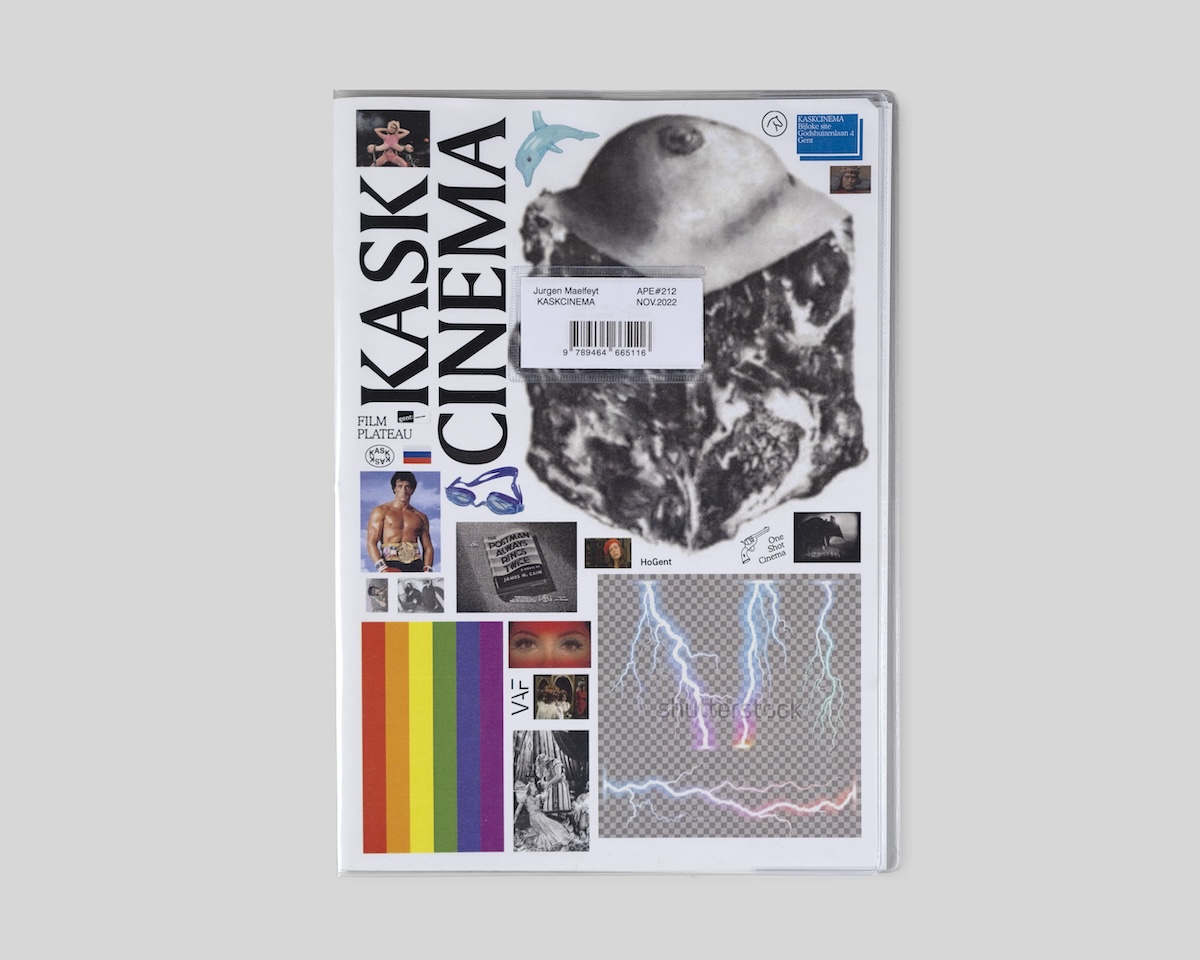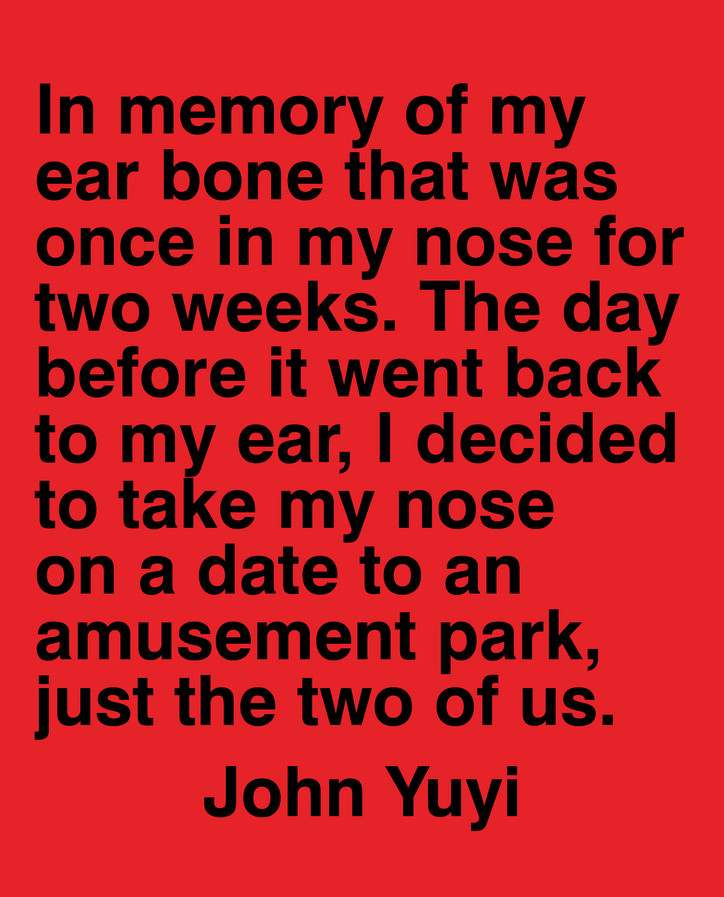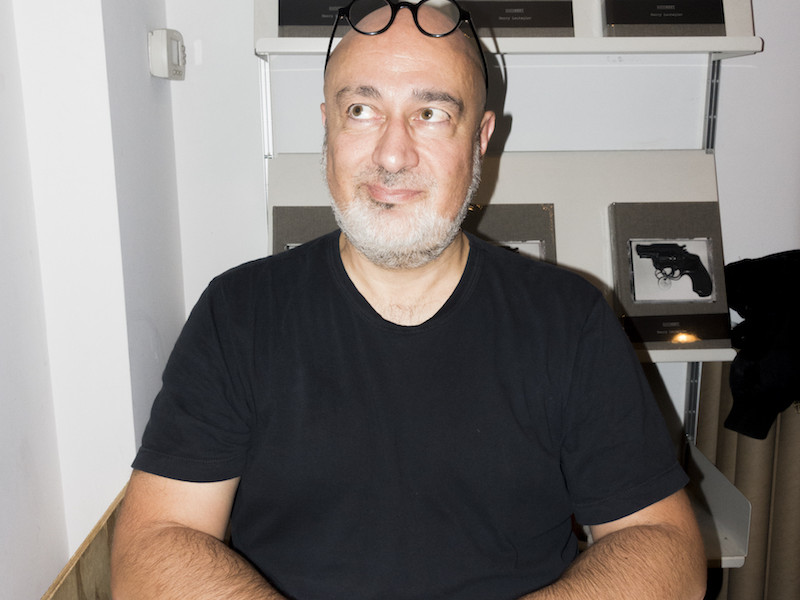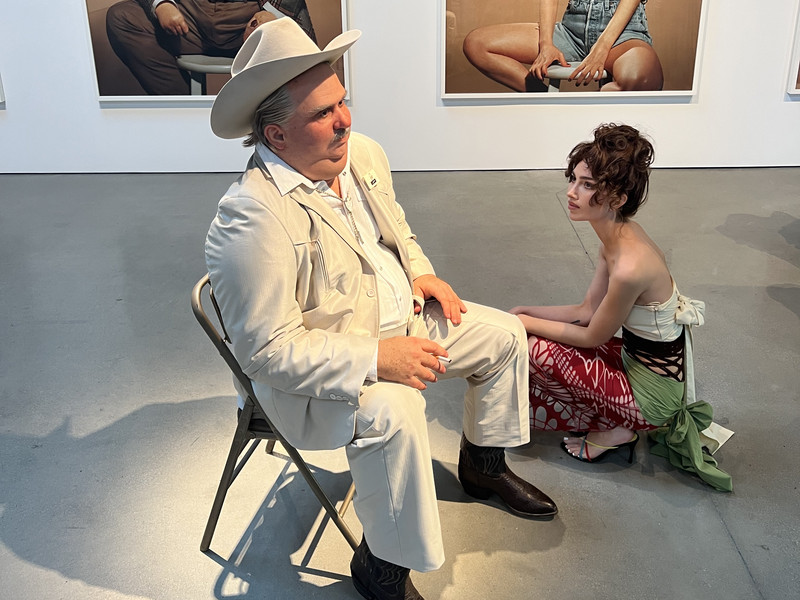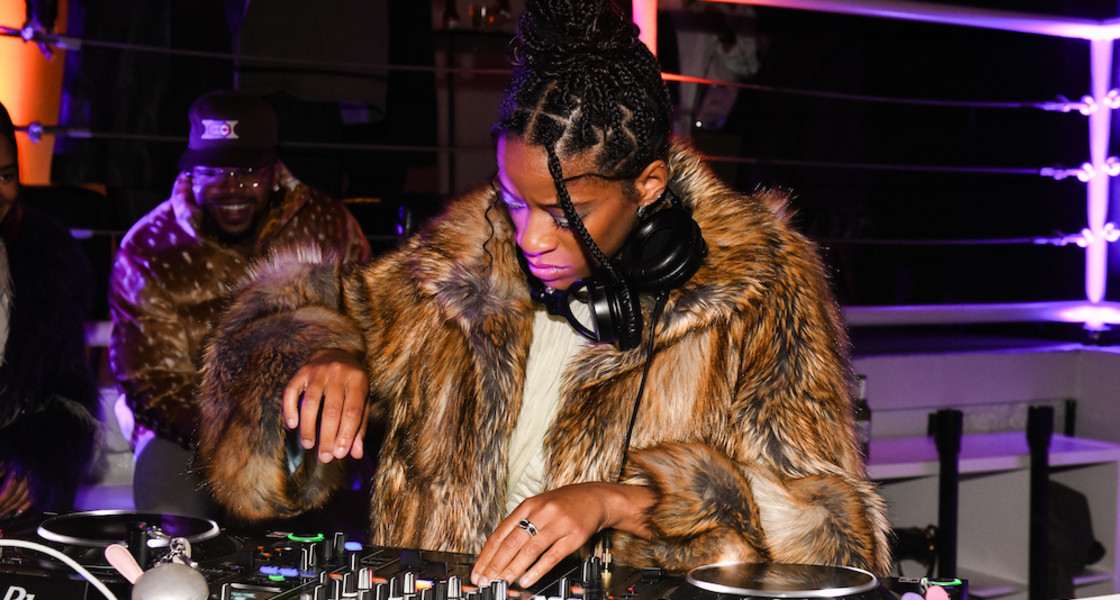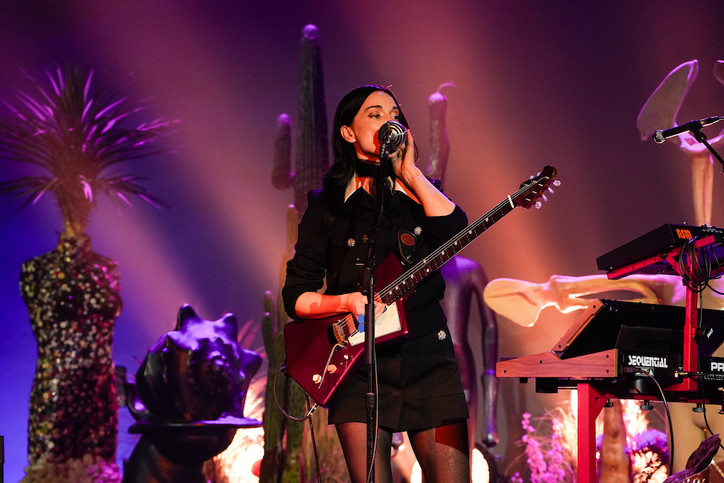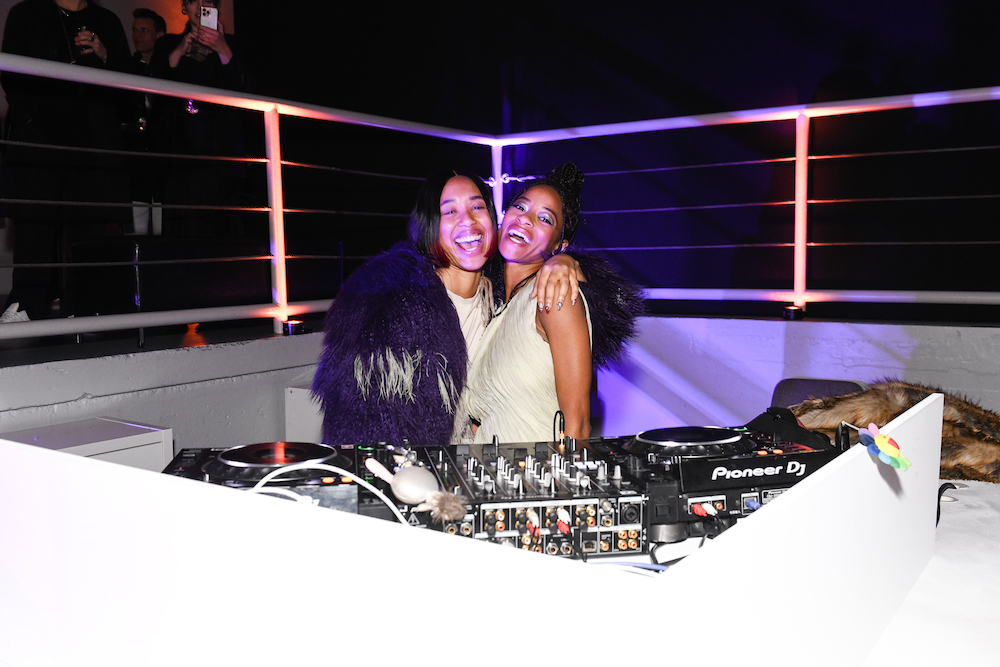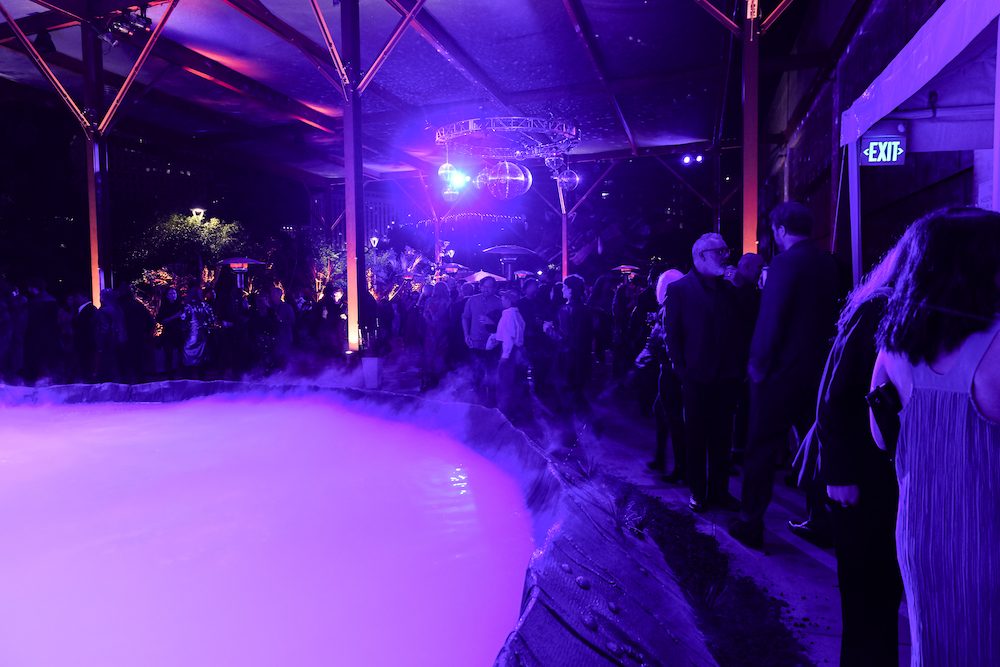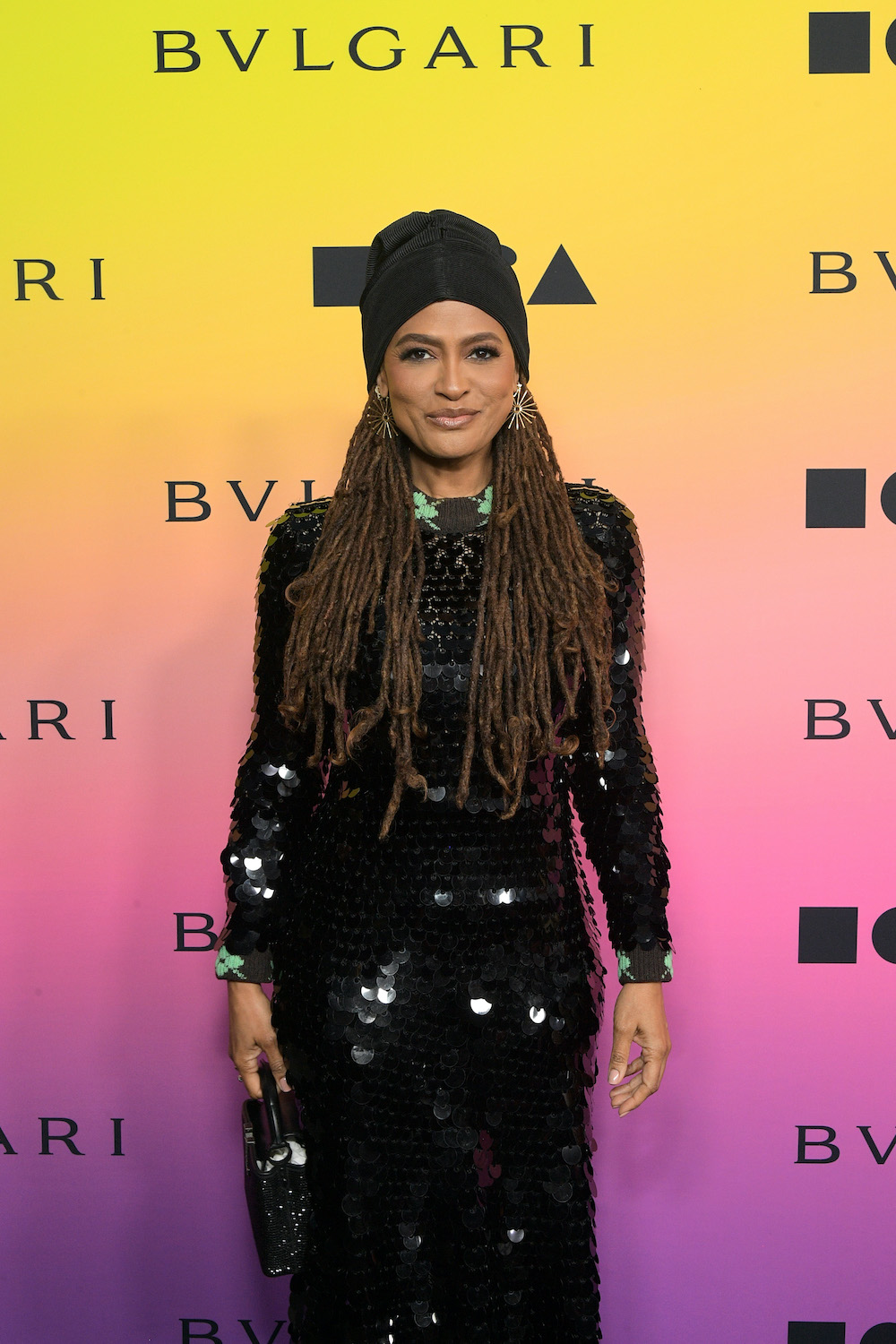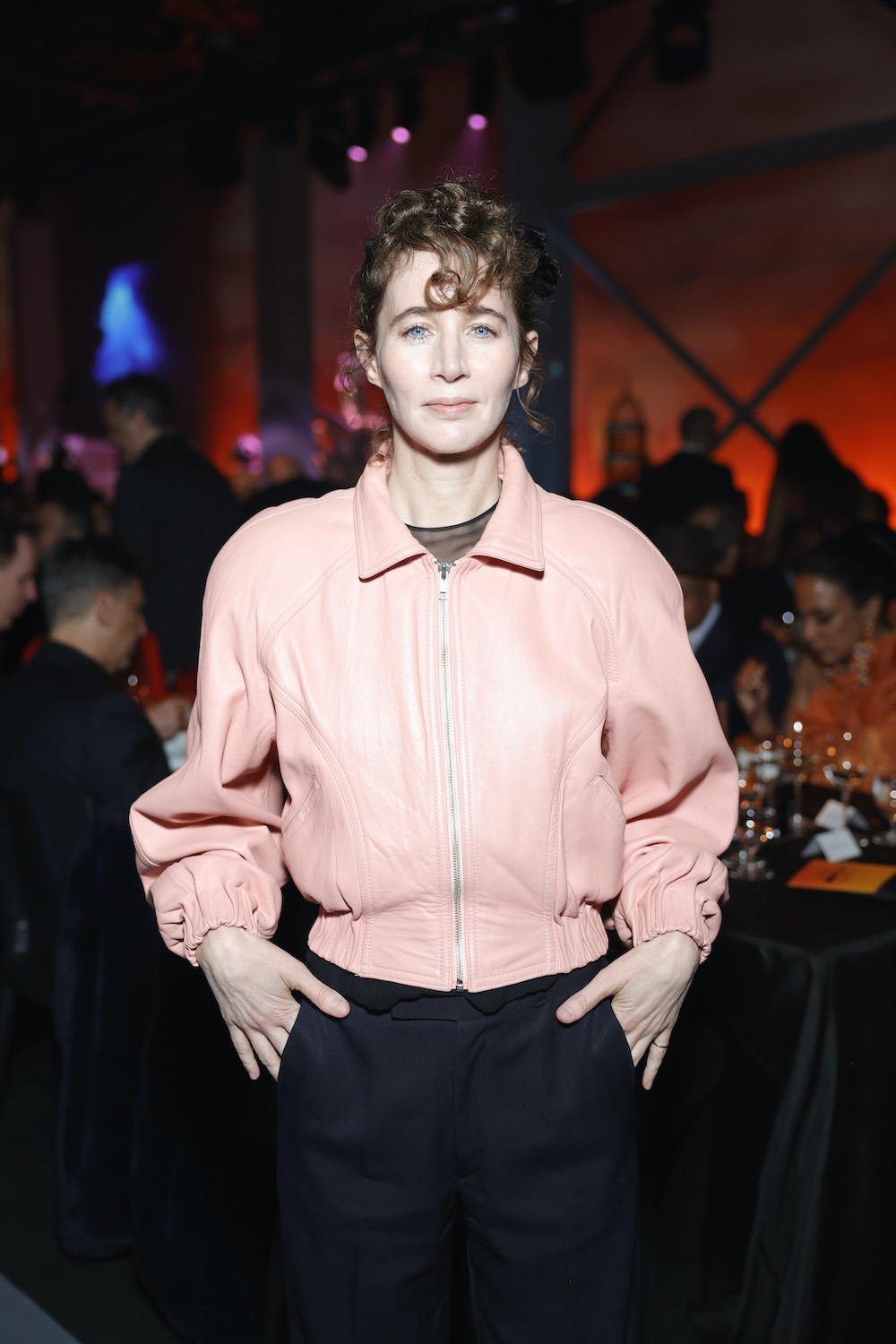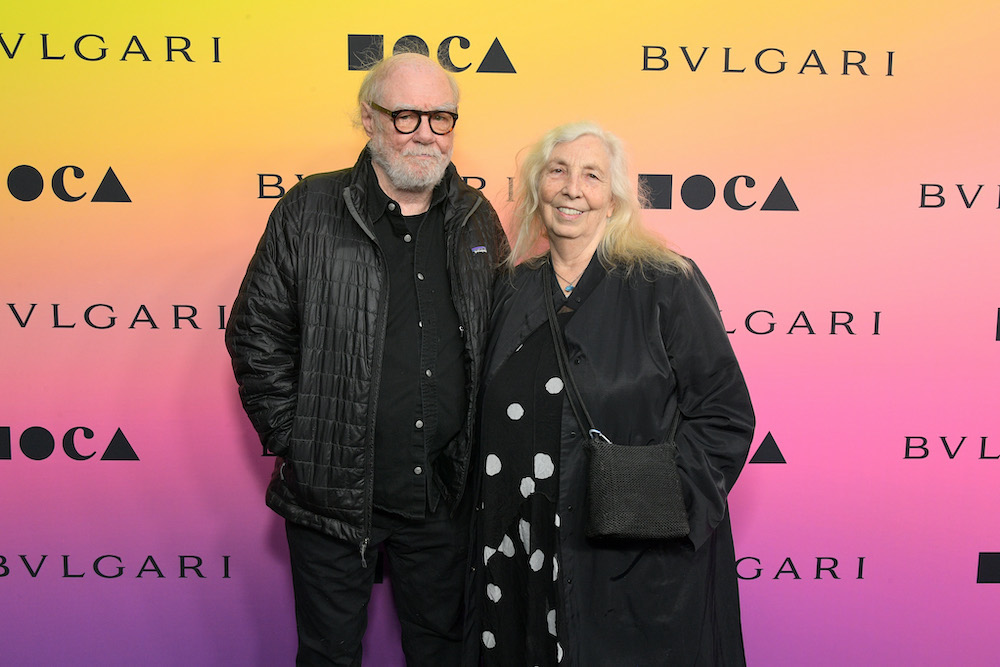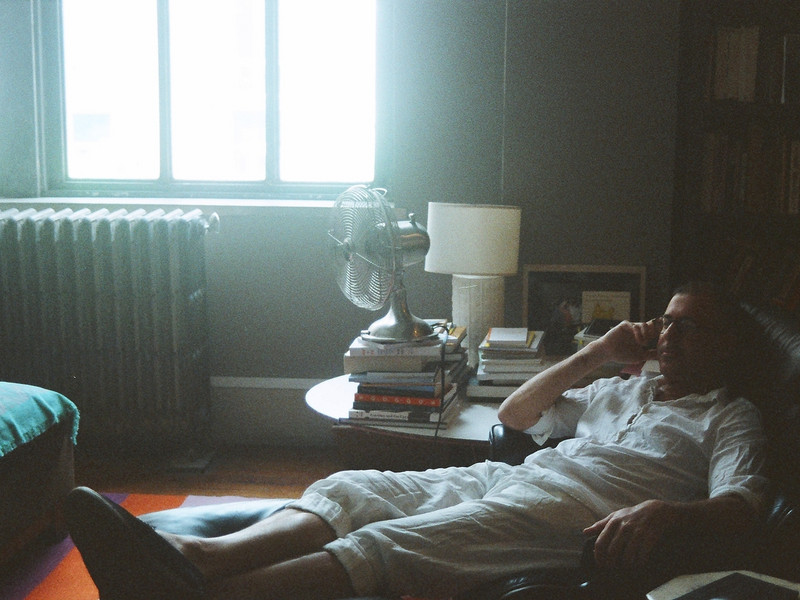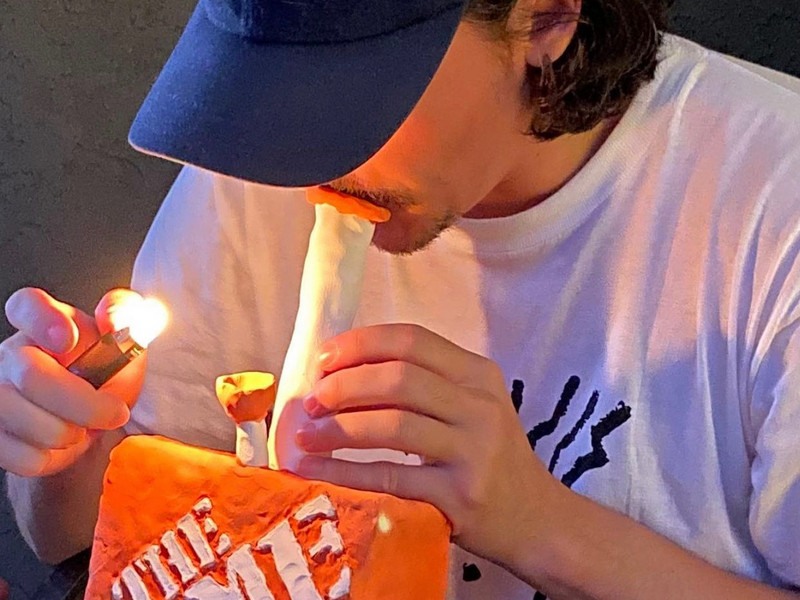Relax into the tranquil imagery of Solange collaborator Carlota Guerrero
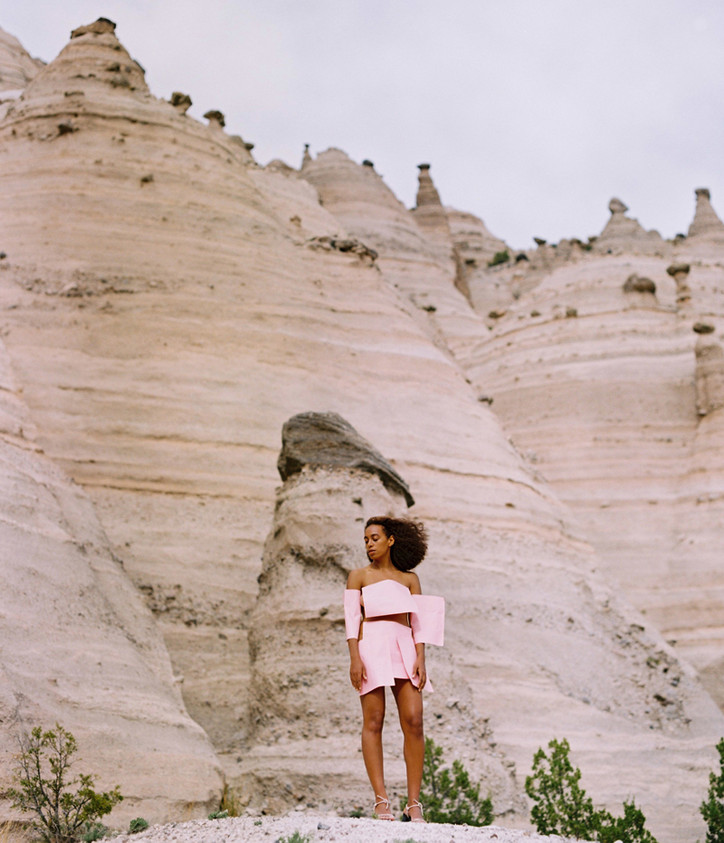
Guerrero works with a delicate hand, and her photographs have the soothing effect of a trip to the spa. Her images are primarily rendered in soft focus, and they have the gauzy light of Old Hollywood portraits (but with more pastels). Her subjects are primarily women, often shot in the nude. Guerrero’s girls are simultaneously tranquil and strong, their femininity presented as something very powerful. She presents an idyllic world—if I lived there, I think I could stop taking anti-anxiety meds.
The photographer’s profile continues to rise; she recently shot Alia Shawkat (Maeby!) for the cover of Nylon, and more major league projects are sure to come. Read on for her thoughts on Solange, their month-long road trip, and how her work presents a feminist reality.
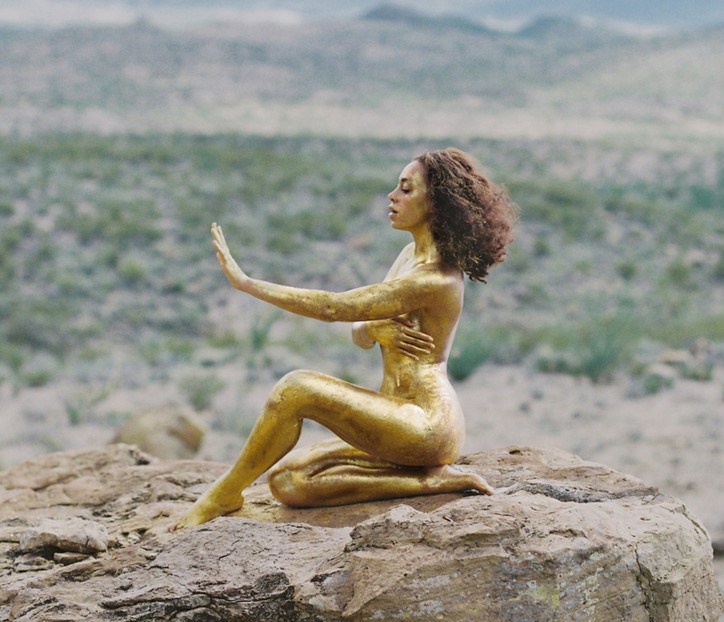
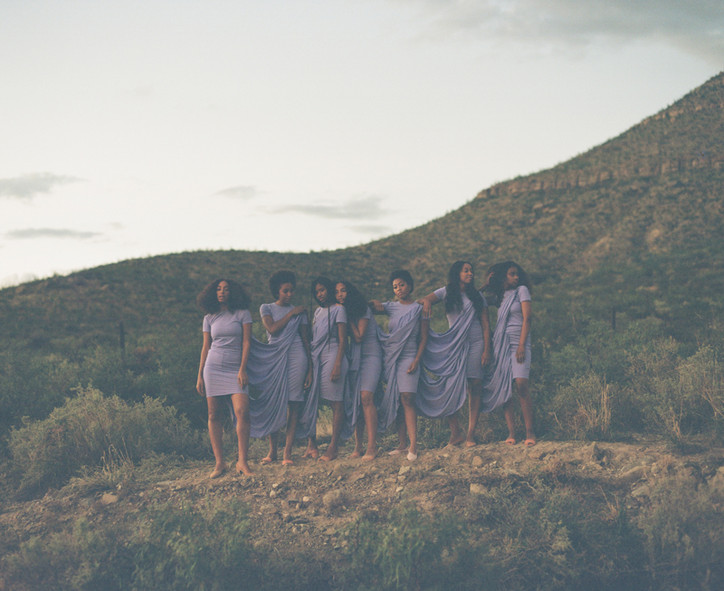
When did you become a photographer?
I just started taking pictures when I was 14 or 15, something like that. I just started very naturally, I didn't really think about it. I started taking it seriously when my friend Olga gave me a film camera, so I started taking film pictures. That's when I started to take it seriously.
How would you describe your aesthetic?
I'm a very nervous person, an unbalanced person, so I feel like I'm seeking balance and harmony and all the things that I'm trying to find for myself in society. I feel comfortable using soft colors, low contrast, relaxing images that make me feel better.
How did you initially connect with Solange?
She found me on Instagram. Her manager got in touch with me, he wrote me an email, and he told us she was looking for somebody to art direct a whole project, so I joined her at the Tate, in London and I art directed a performance there with her. We had a good creative connection and we just kept working together with the music videos and the photography.
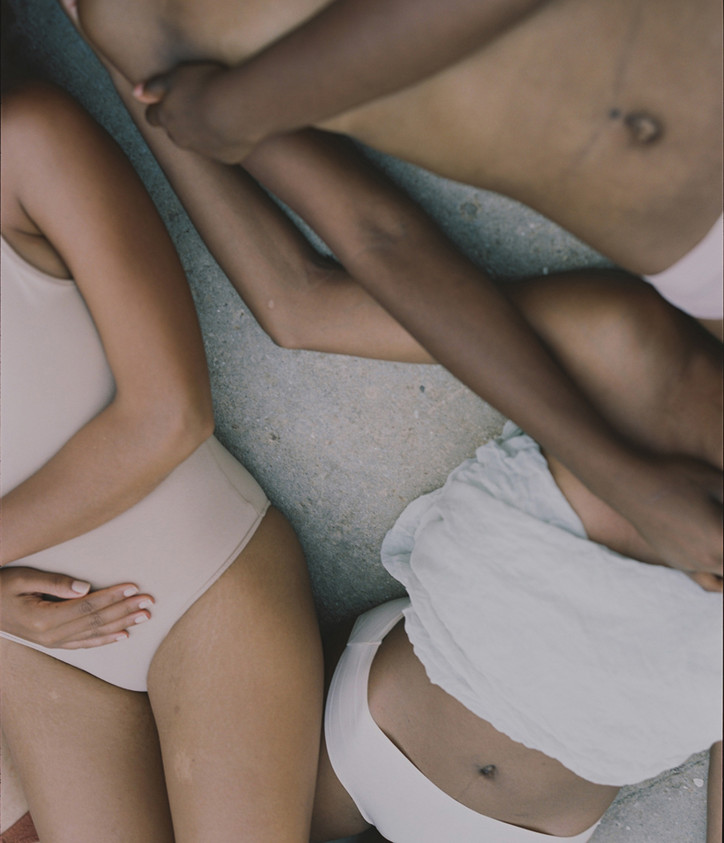
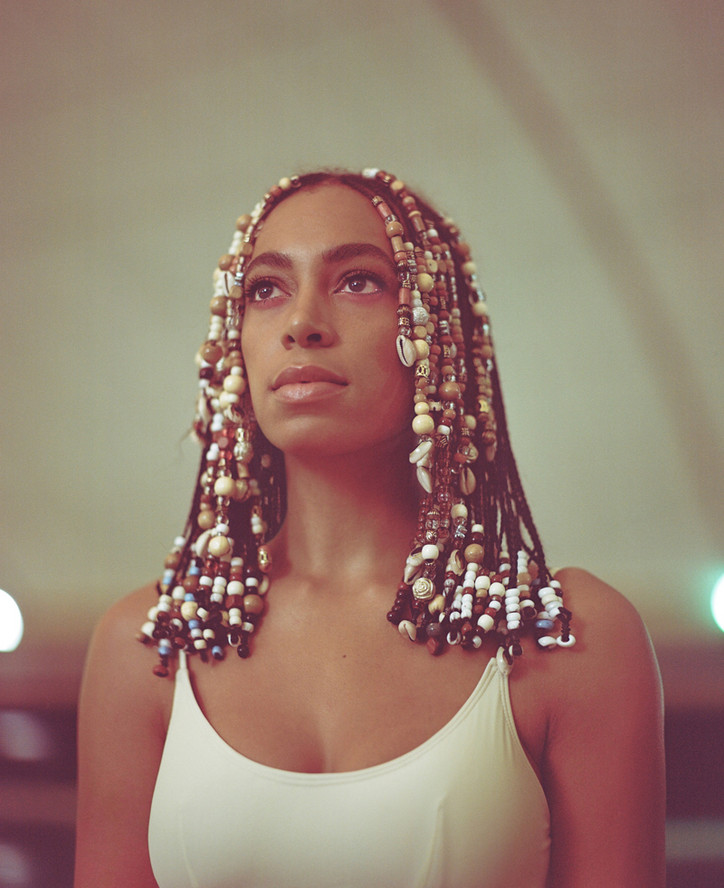
You guys traveled a lot to create the images and the videos for A Seat At The Table, right?
Yeah, we spent a whole month traveling from New Orleans to New Mexico. We would shoot every day in a different location.
Where were some of the places you went?
Marfa, Houston, Austin, El Paso, New Orleans, and other places.
The imagery is so beautiful, it makes America look like another planet. You’re from Spain—had you been to those places before?
No. It was my first time.
What was your favorite?
White Sands, in New Mexico. It’s the white desert. It was very beautiful.
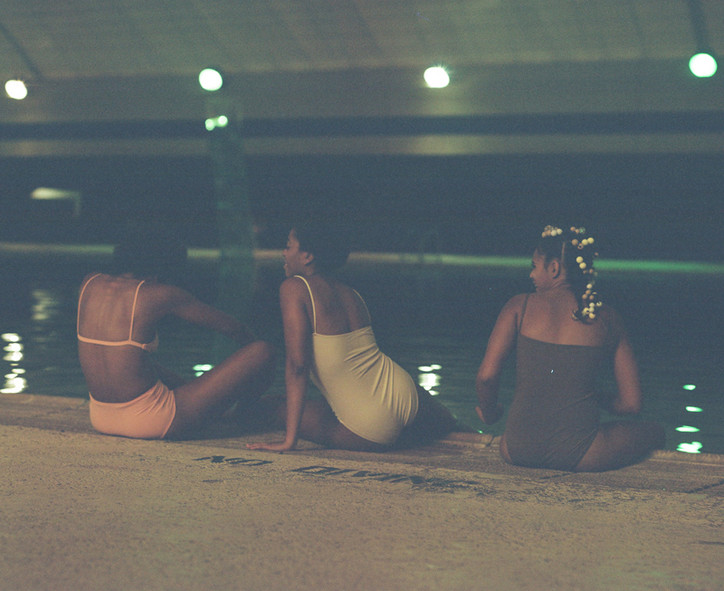
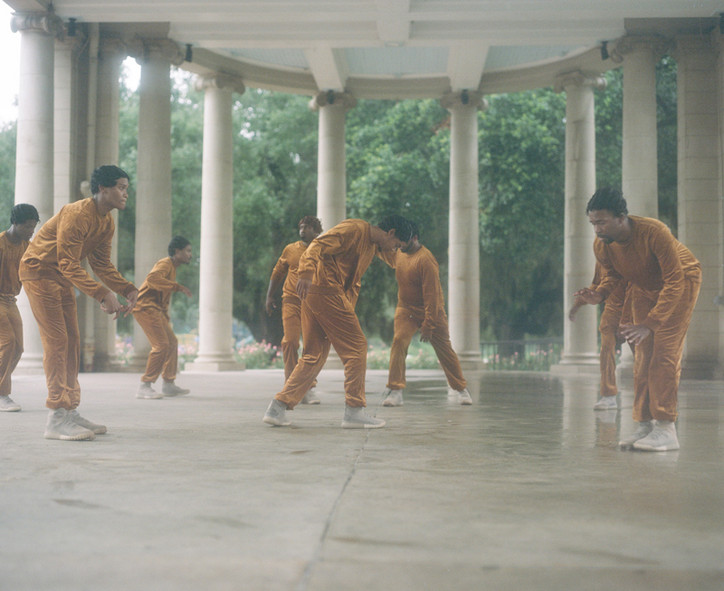
Do you have any crazy stories from when you were traveling?
It was very crazy, because the whole team was living and sleeping in RVs. So it was like a big brother situation [Laughs]. We were like a family. We were fighting and laughing and having a lot of intense situations. A lot of things went wrong. We had to repeat the whole trip twice, actually, because we didn’t get some of the scenes we wanted to get. So we re-did the whole trip with a smaller crew—just Alan [Ferguson], Solange, me, and Andy, her assistant. It was very frantic.
I really like the story of when we got Solange in gold glitter in the desert, and she spent the whole day just with the glitter. And then we got to the hotel and she asked for the room with the glitter, almost naked, with a golden cape. We were in Texas and she’s very famous there. The girl who was working in the hotel was like suuuper happy, she couldn’t believe it.
Has the response to A Seat At The Table changed your career? How have things been for you since you came out?
Yeah, definitely. It opened a lot of doors for me in America.
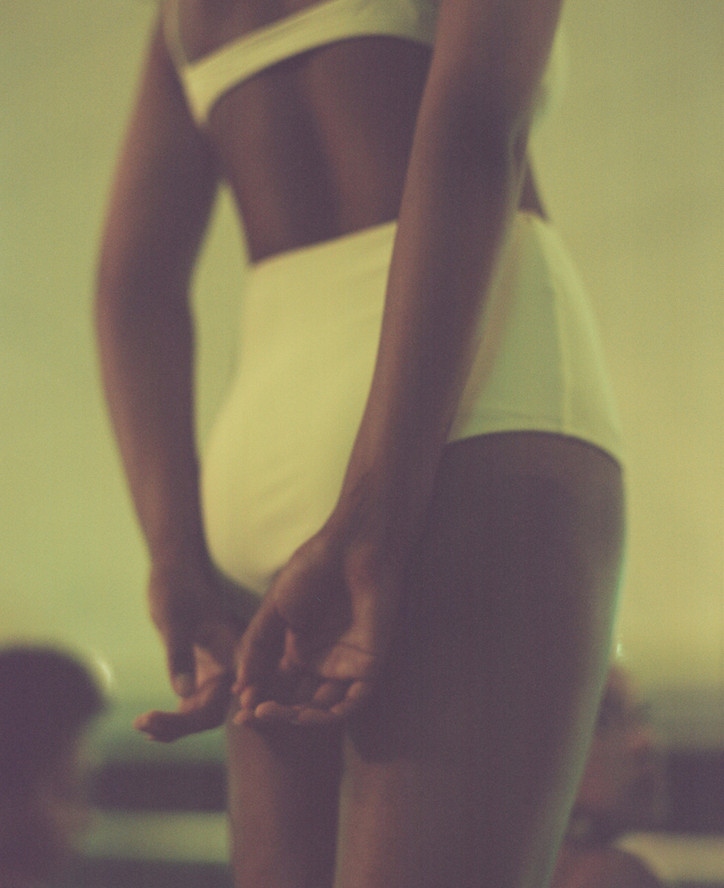
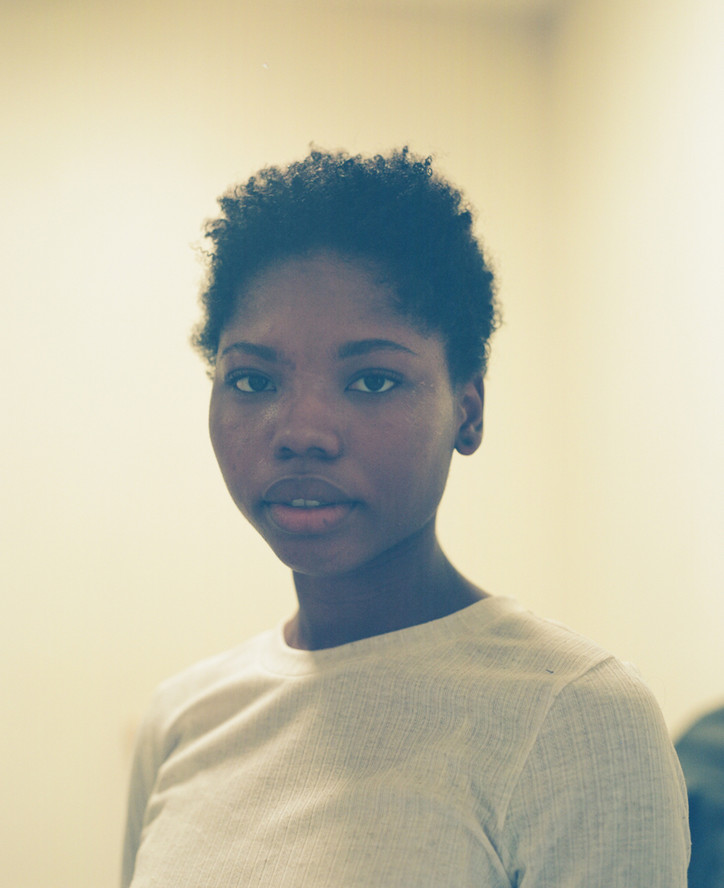
Your work shows women in such a specific way. Is there something you’re trying to say, in particular with your portrayals of the human body? Is it meaningful for you to shoot women?
Yeah it is. I’m showing my own condition, that's the first thing I'm doing. And actually it's personal work, because I'm portraying my life—I mean, [a lot of my subjects] are my friends. They're real. I show things we're learning. I just feel very connected to nature, and I don’t like the fact that women are so sexualized when they're naked. So I'm trying to show some light there—reconnect ourselves to the animal we are.
Does it feel political to you at all to show women in a naked but de-sexualized way?
Yeah it is. It is a feminist idea.
Does it get annoying, people asking you, "is it feminist, is it feminist?"
No. It's obvious for me. Of course it is. There's no other way.
Text by Jocelyn Silver
All imagerry courtesy of Carlota Guerrero
